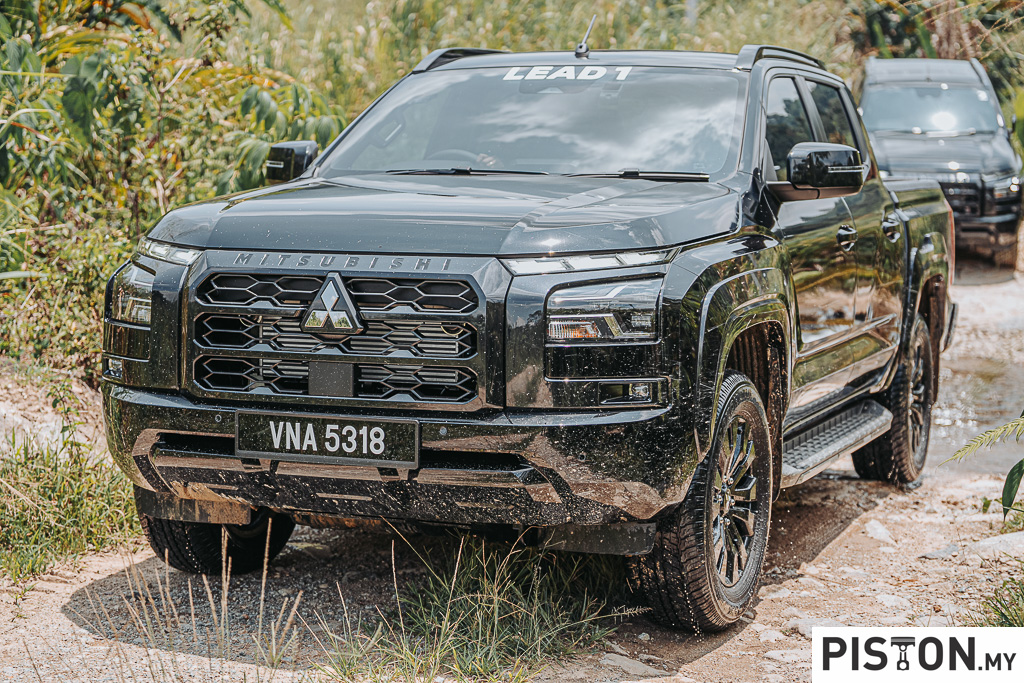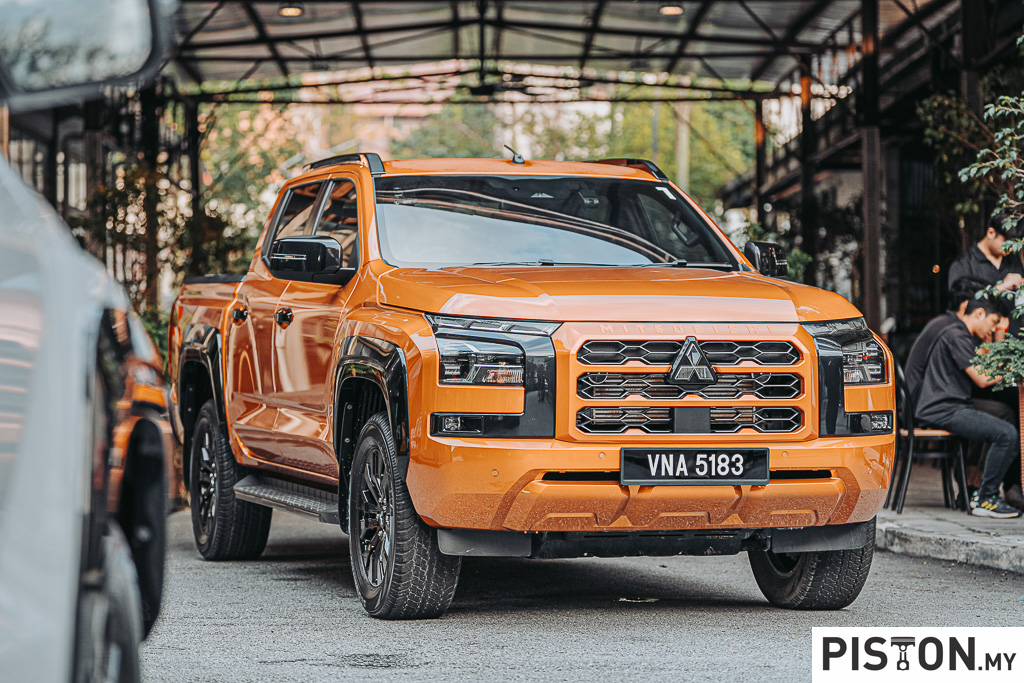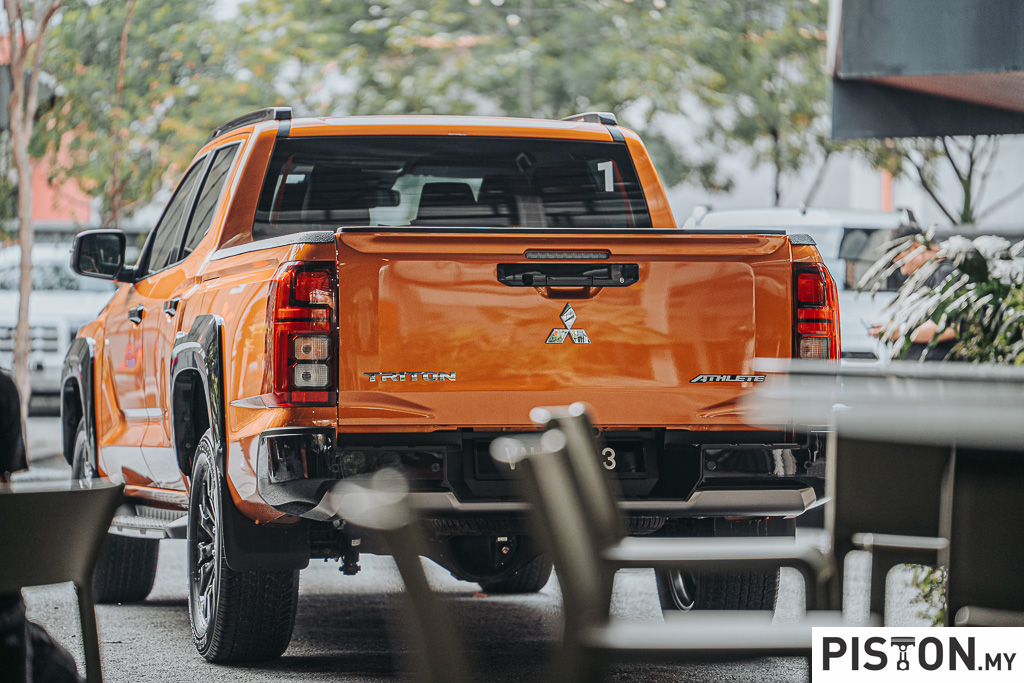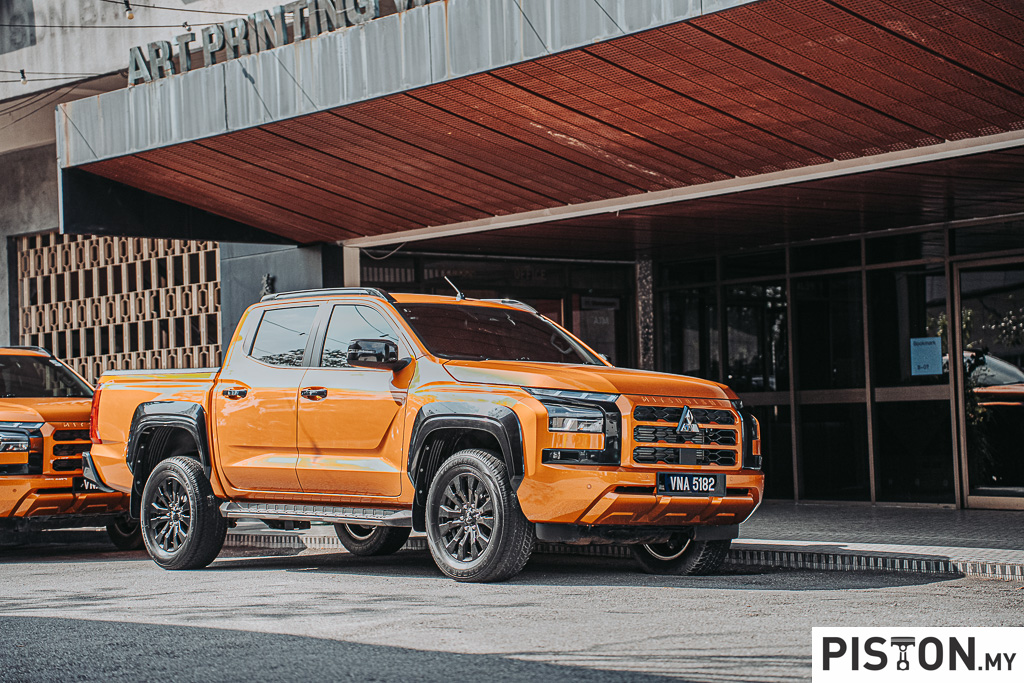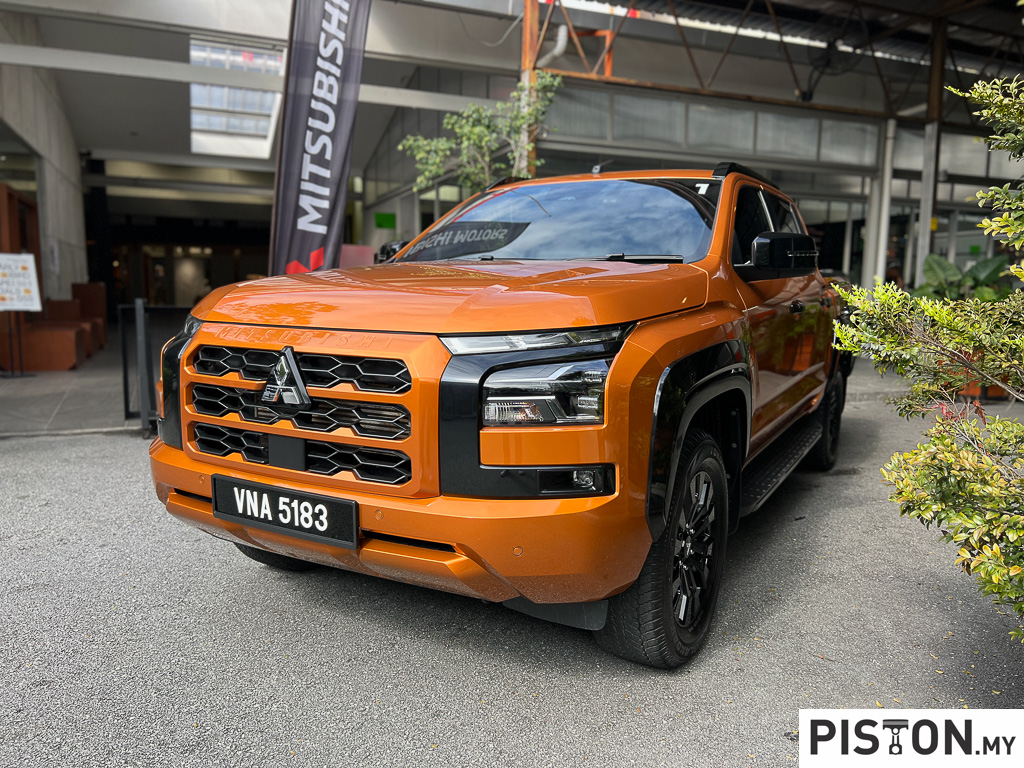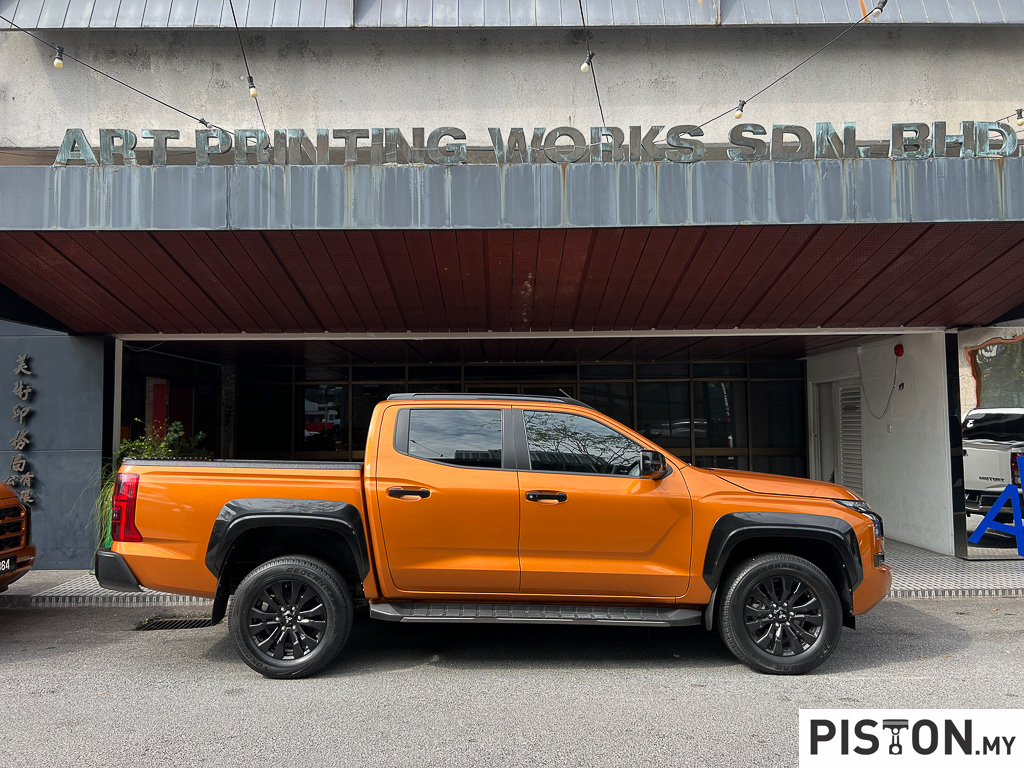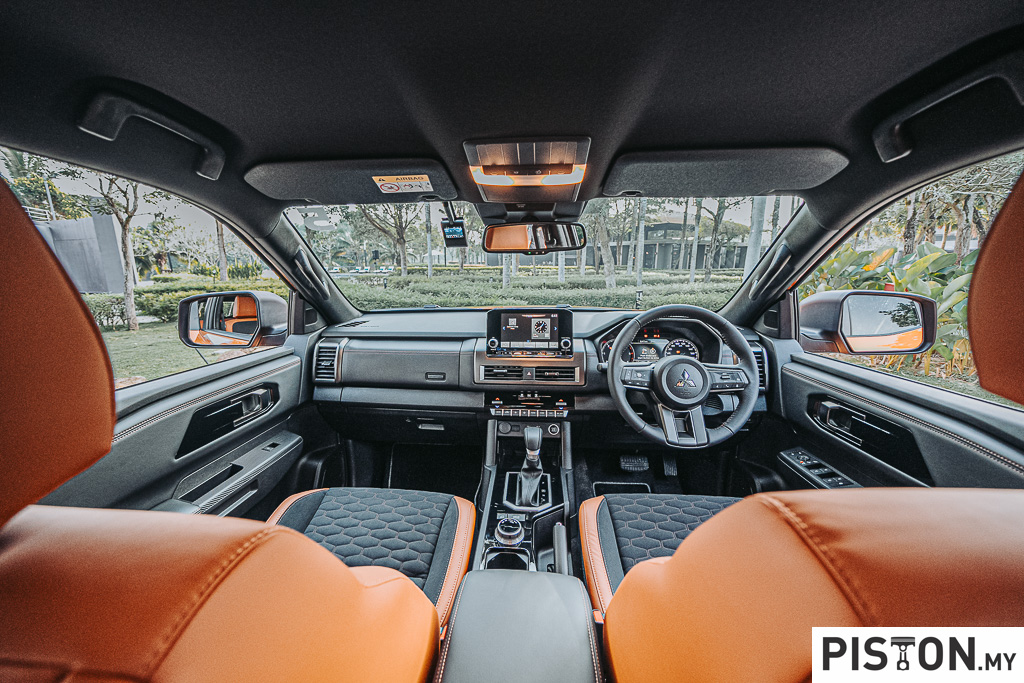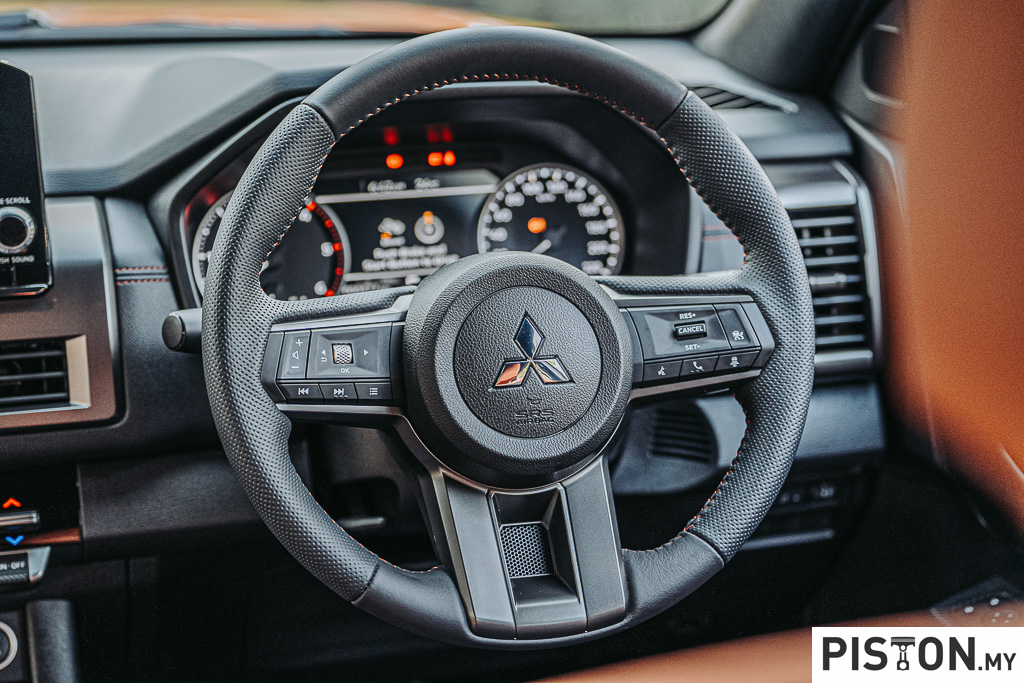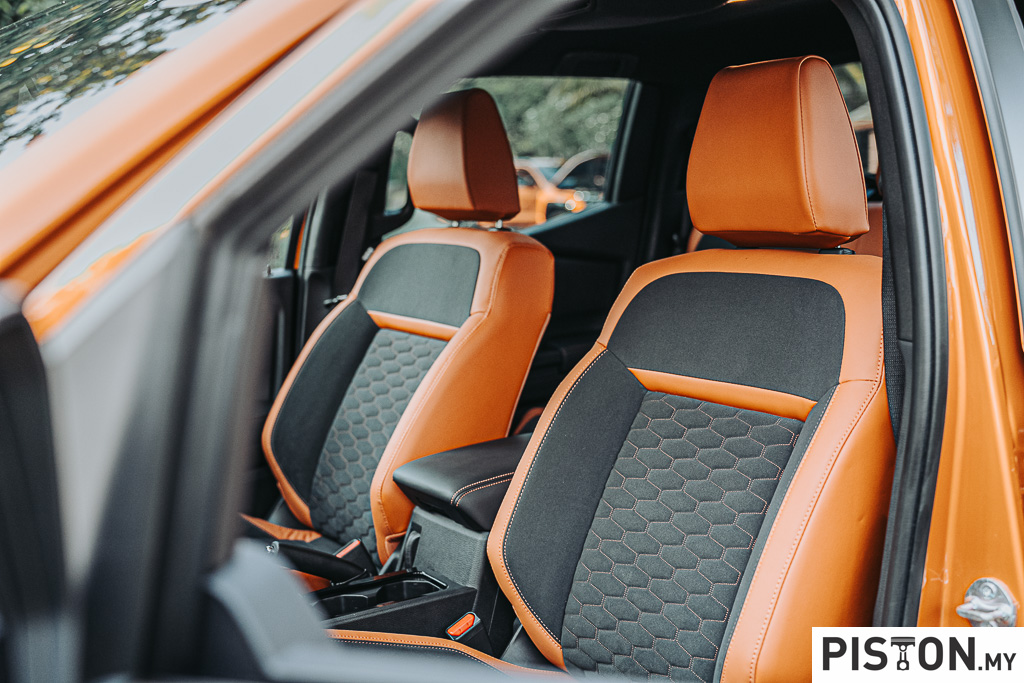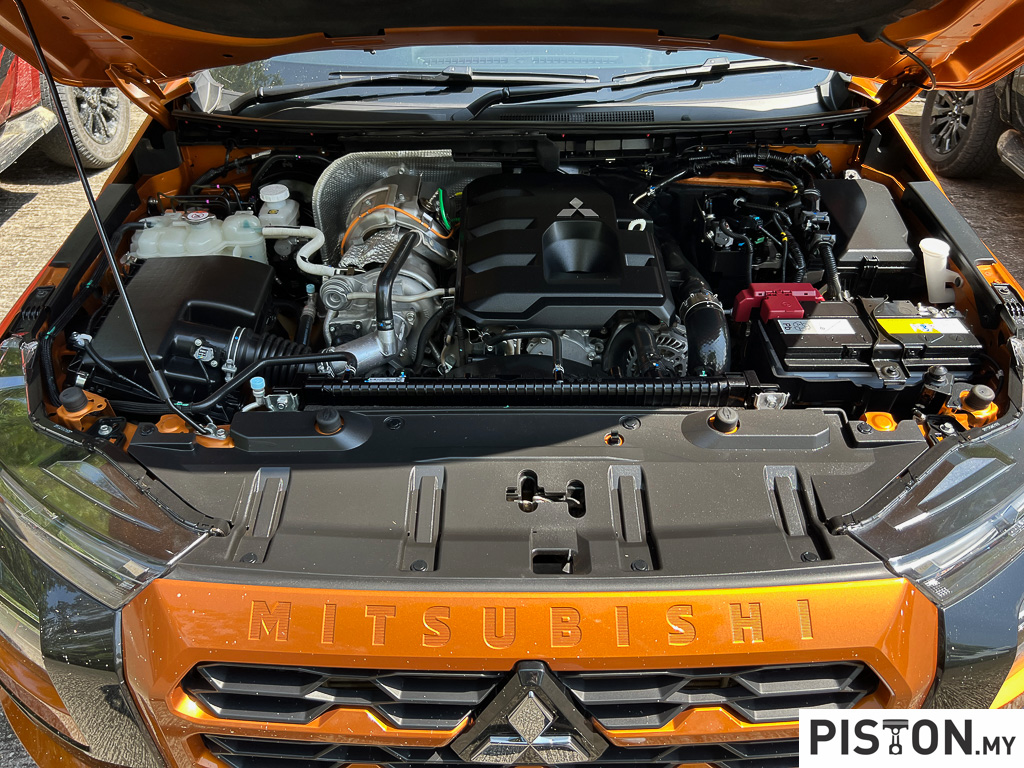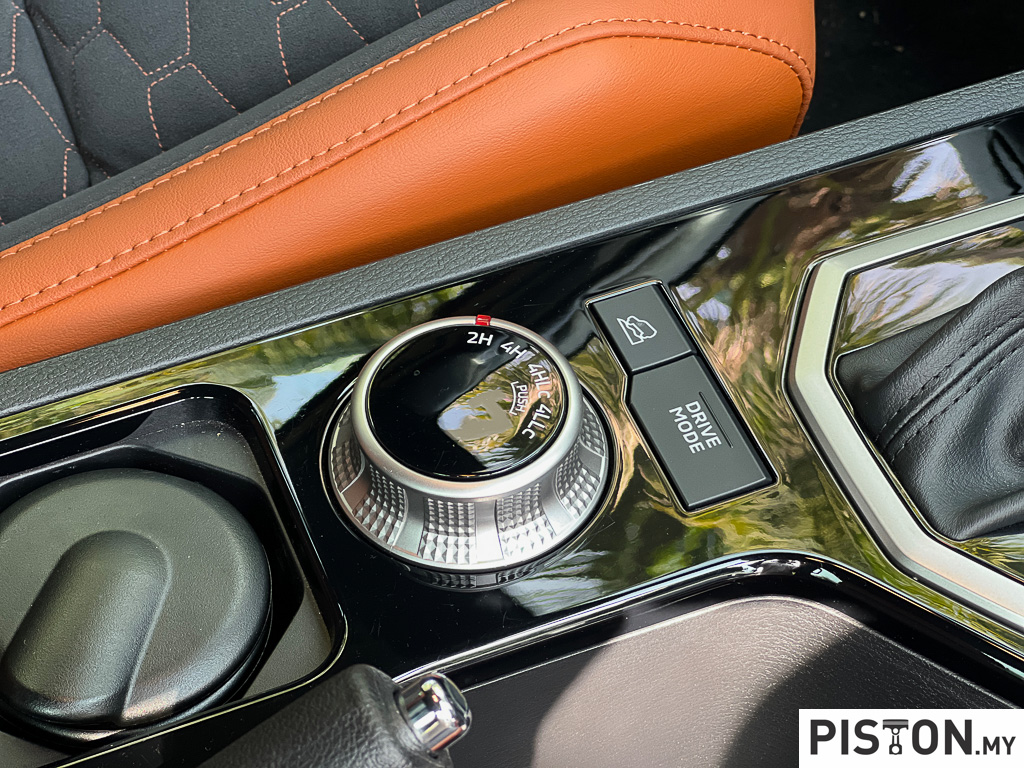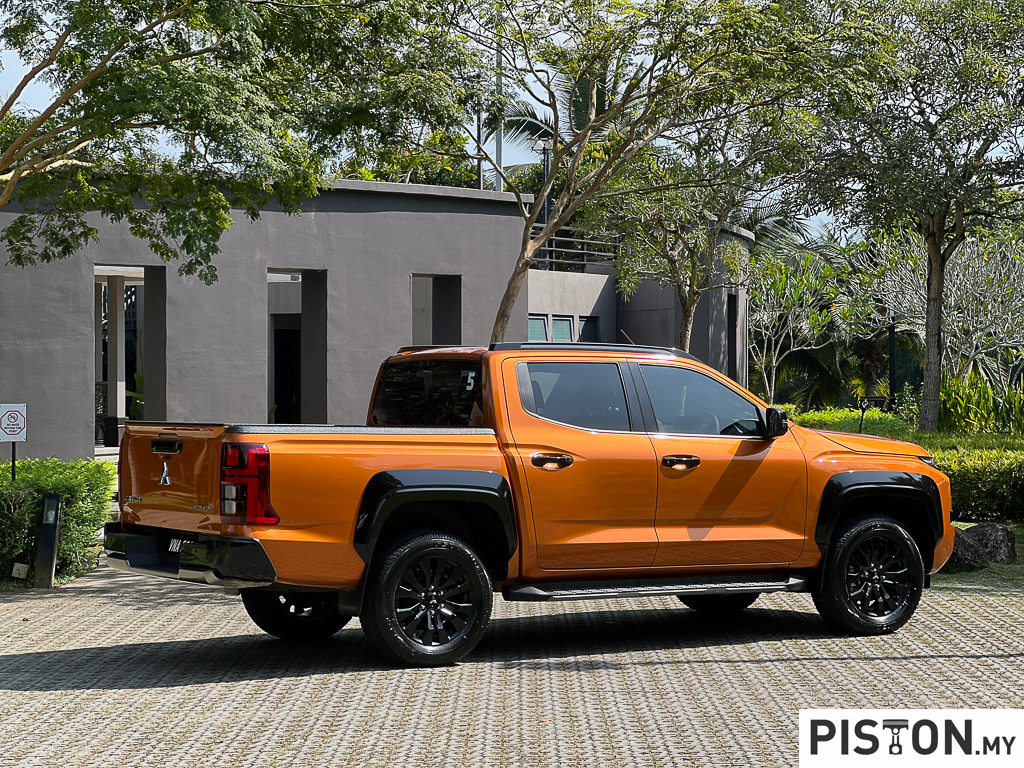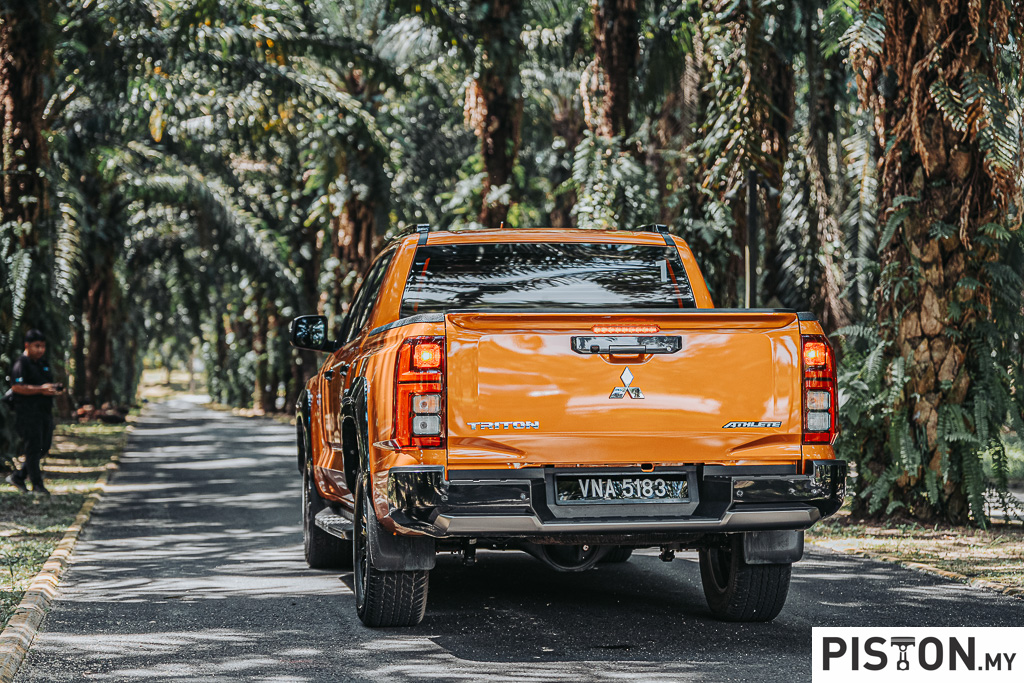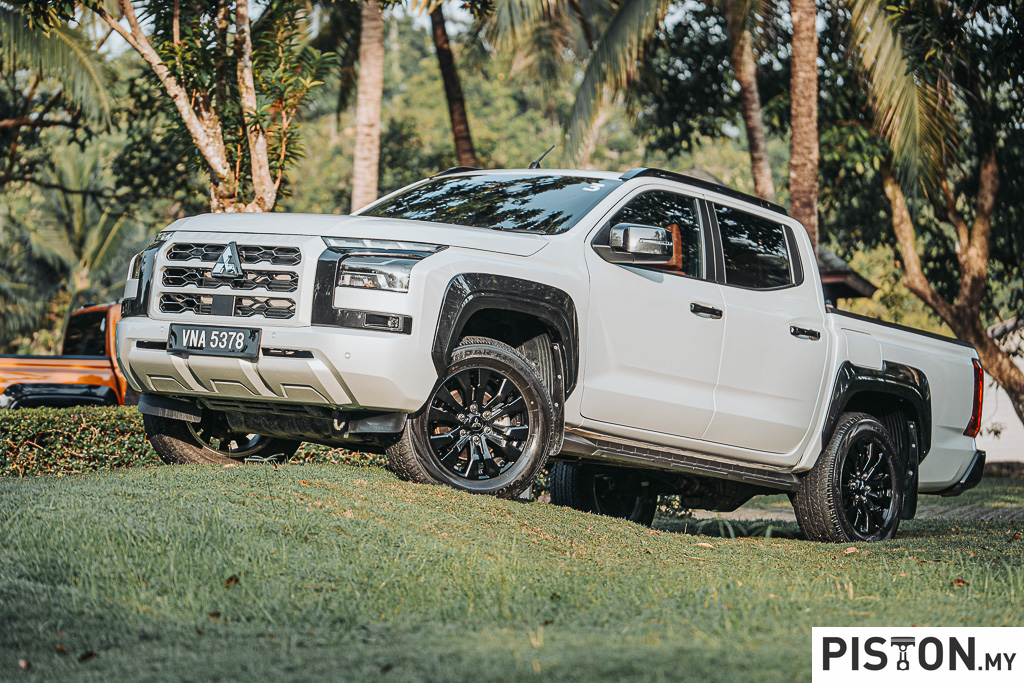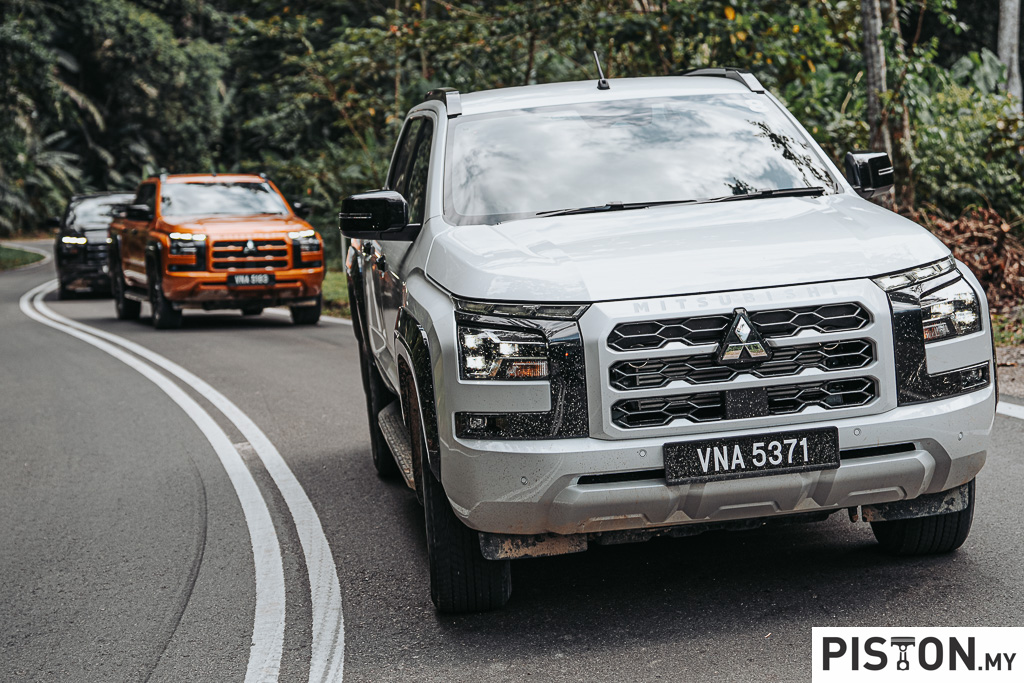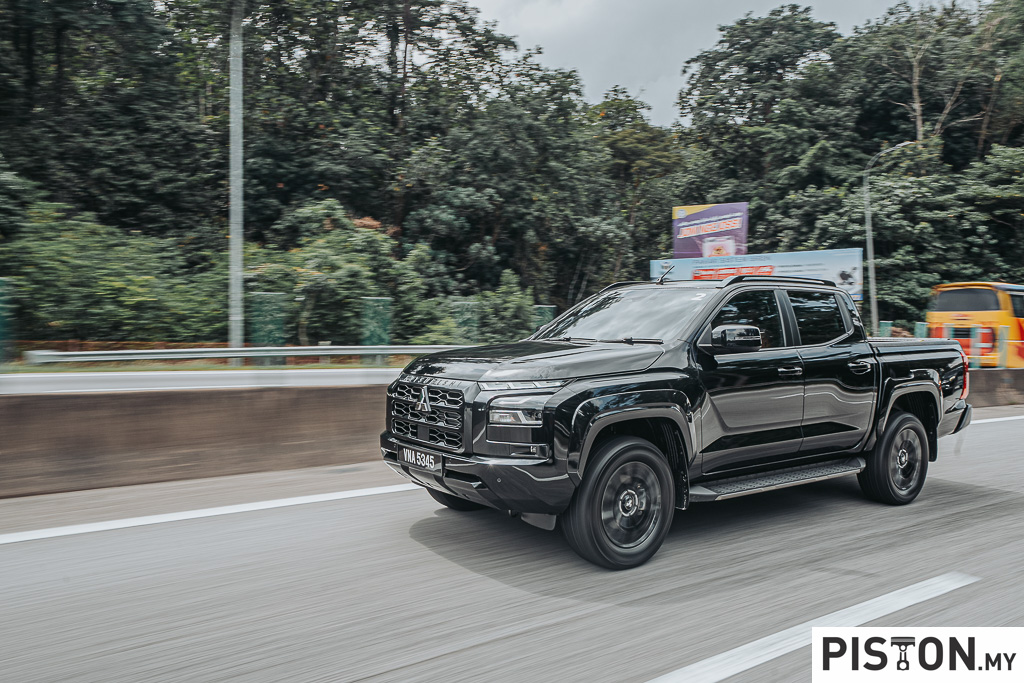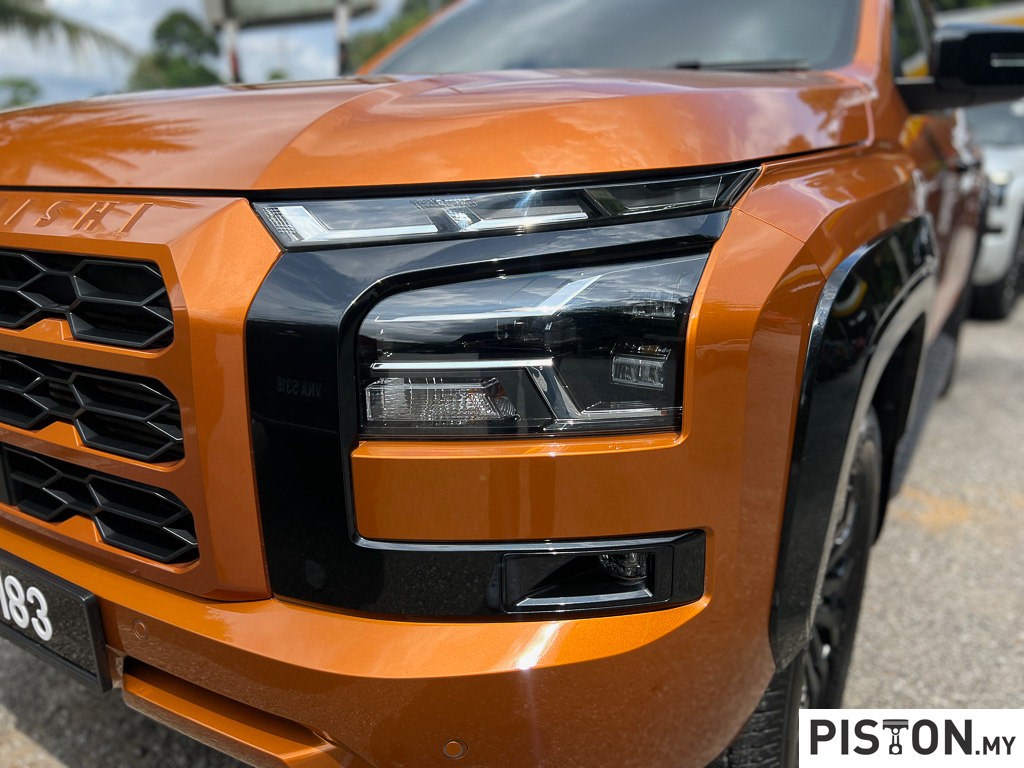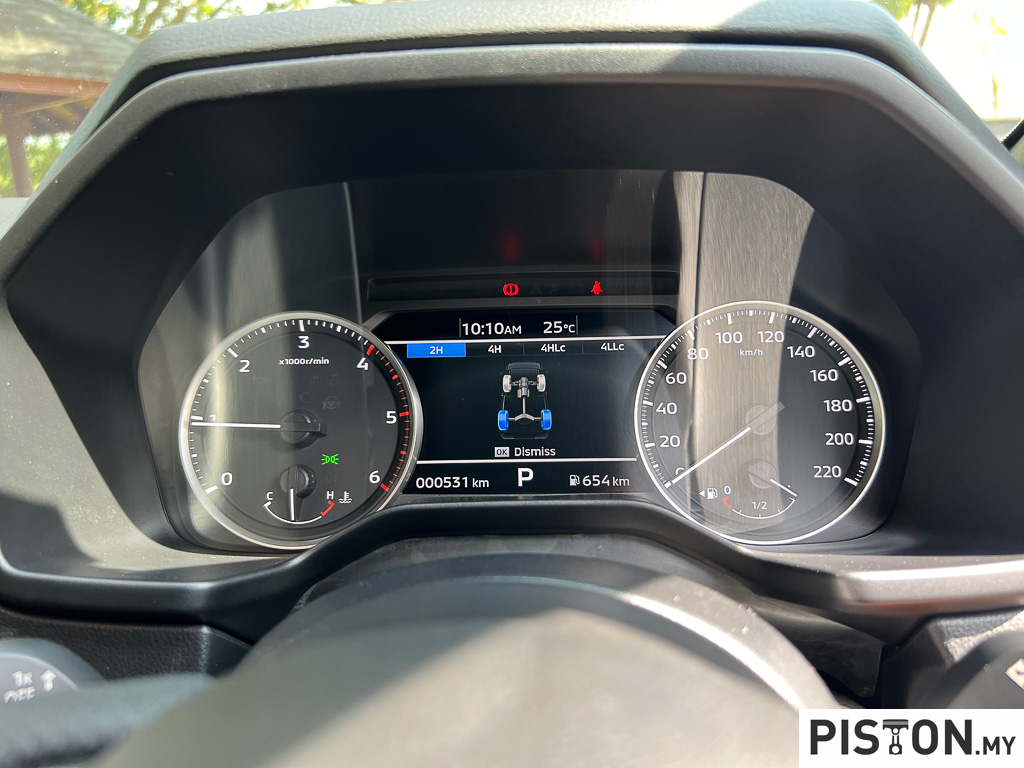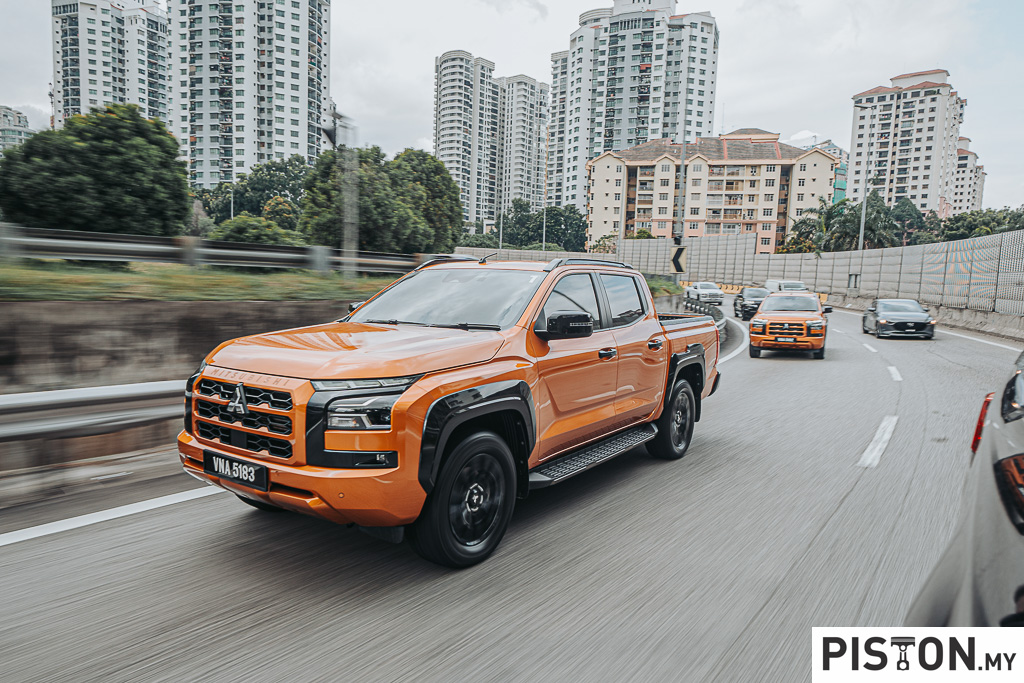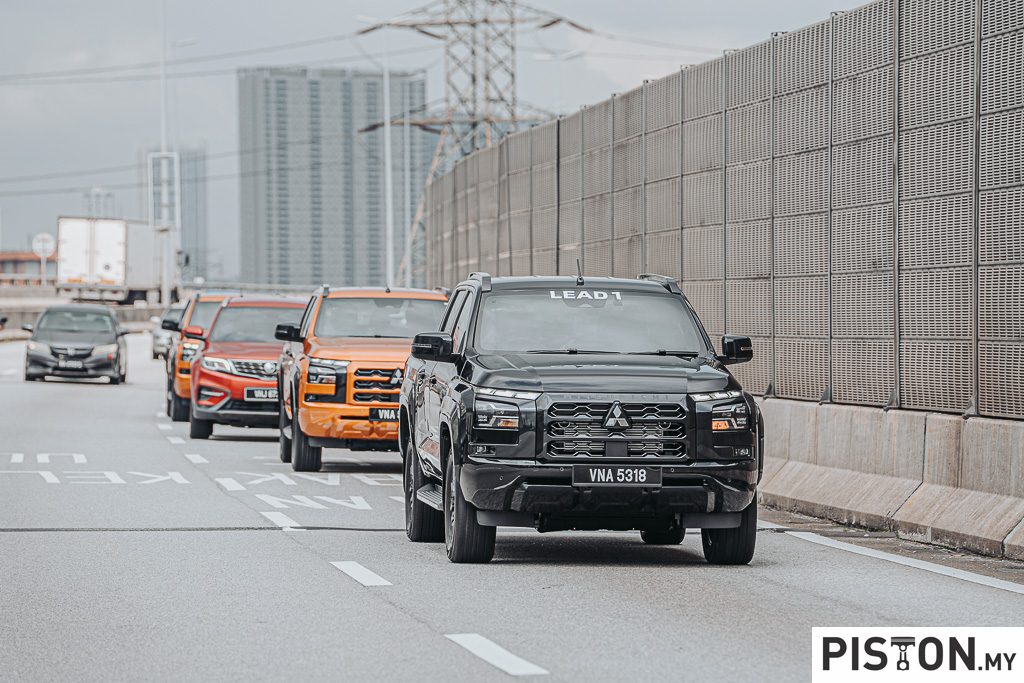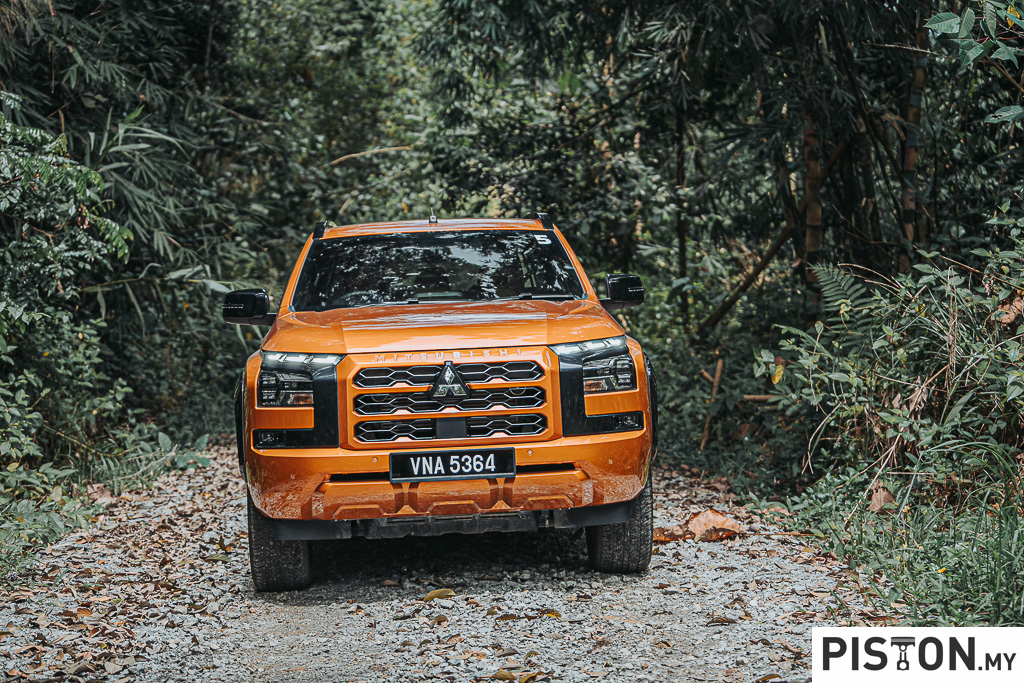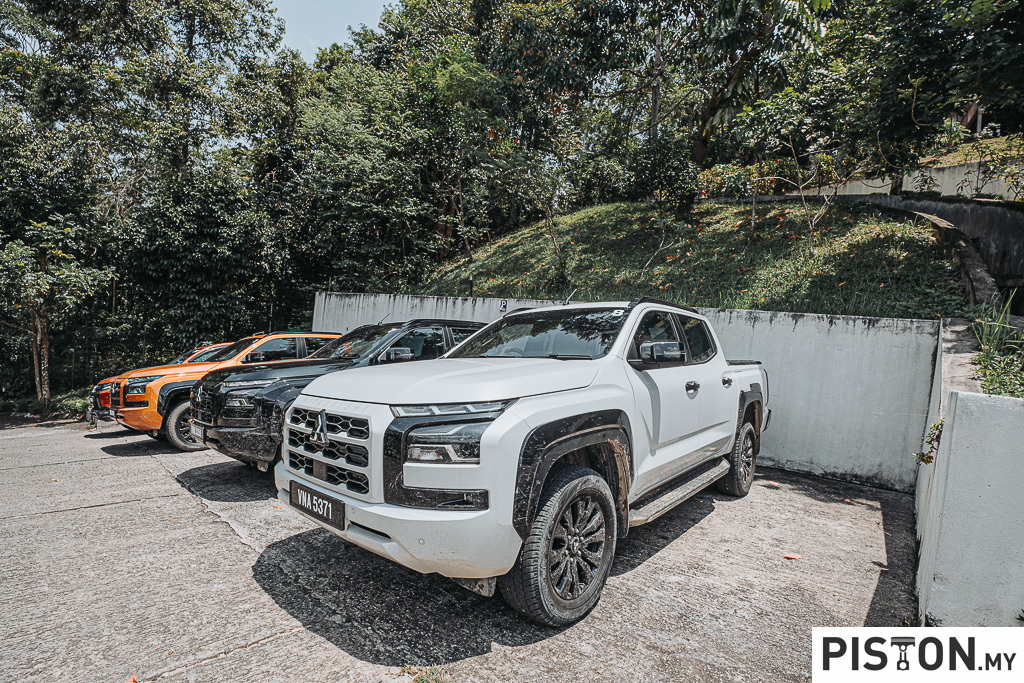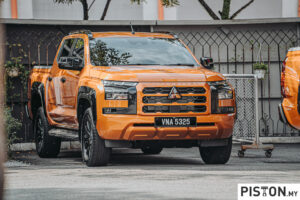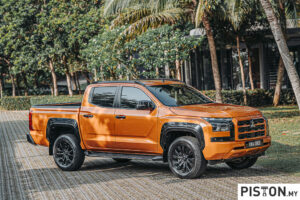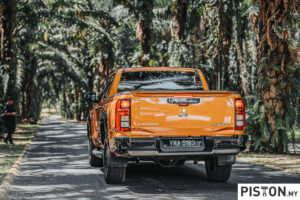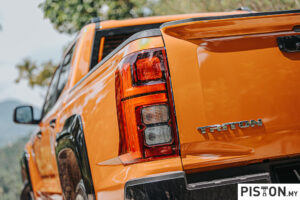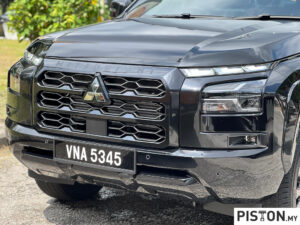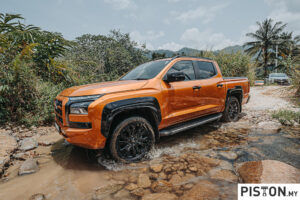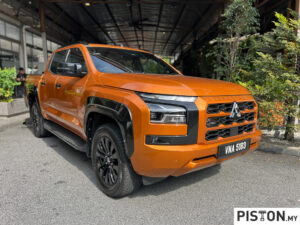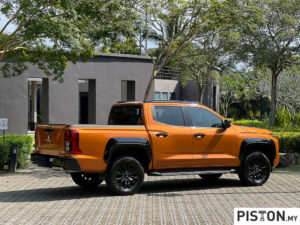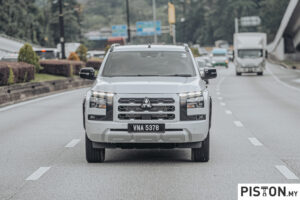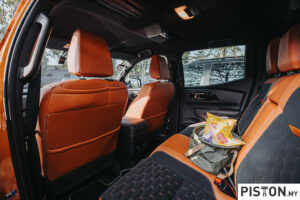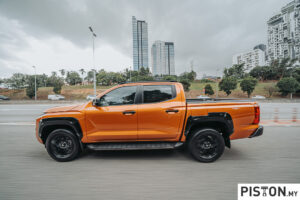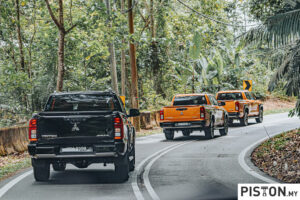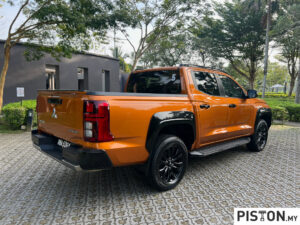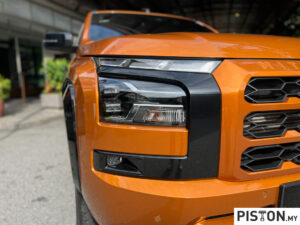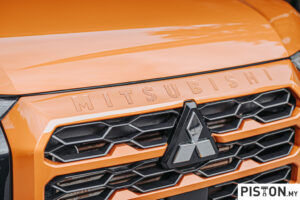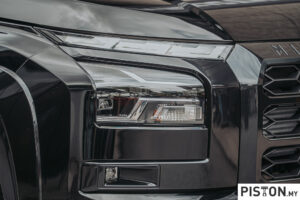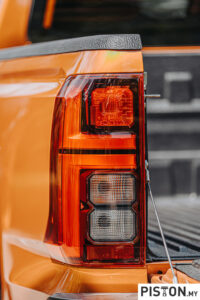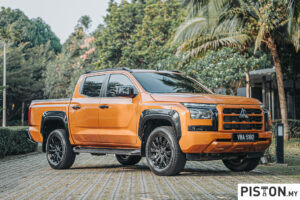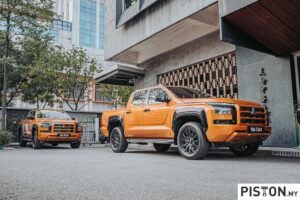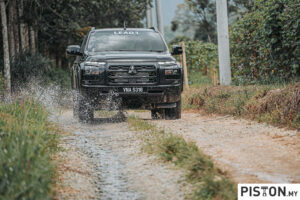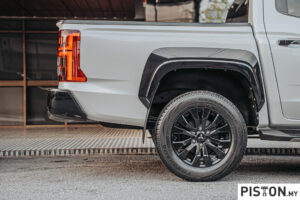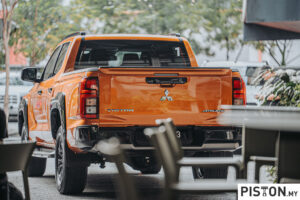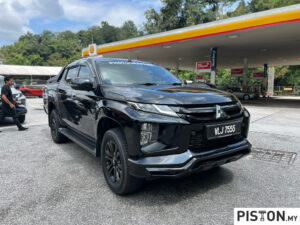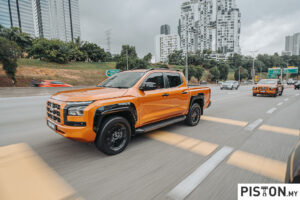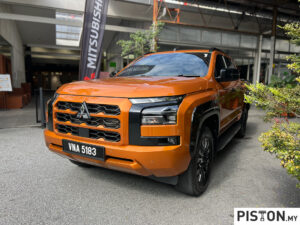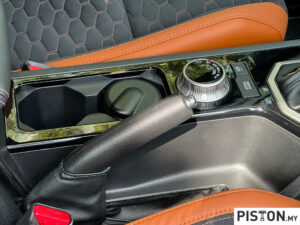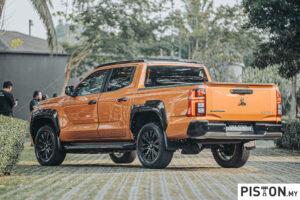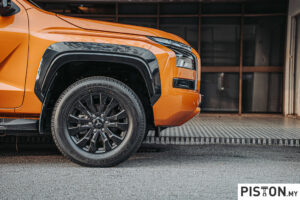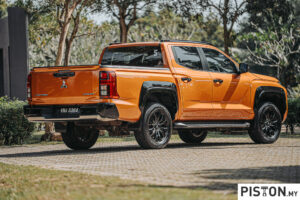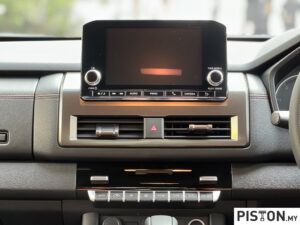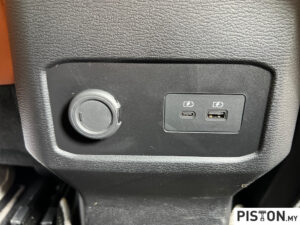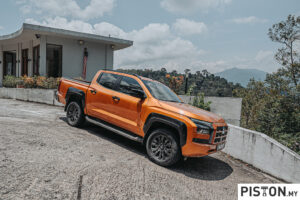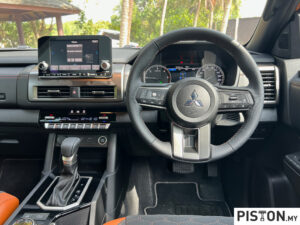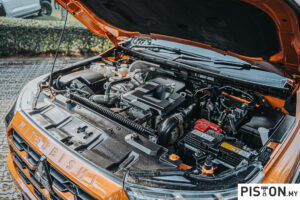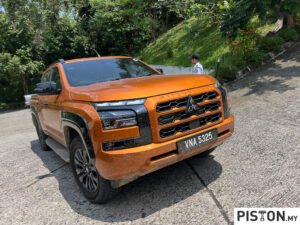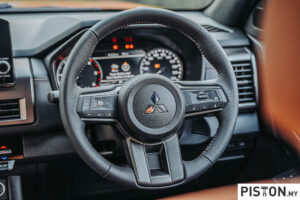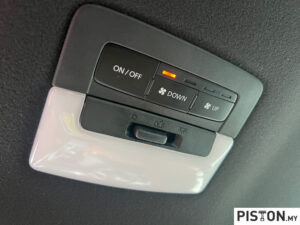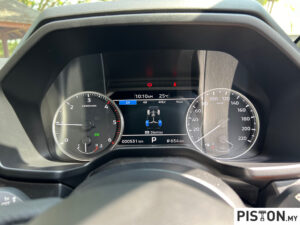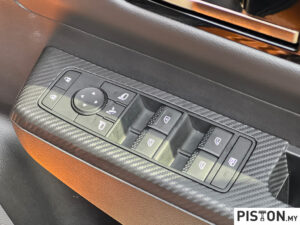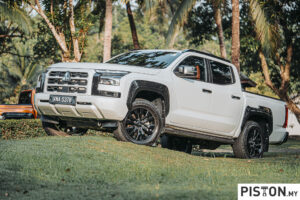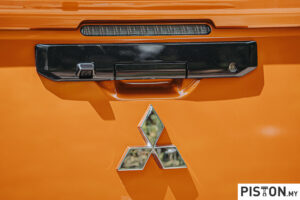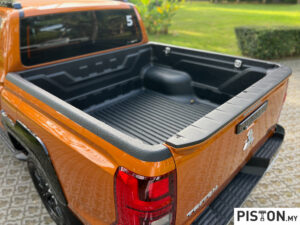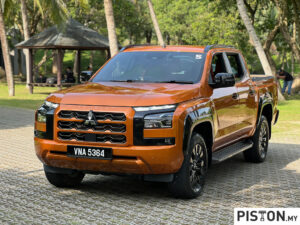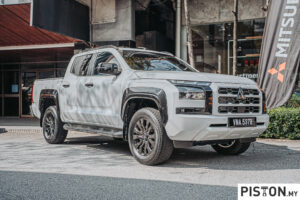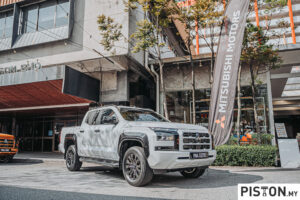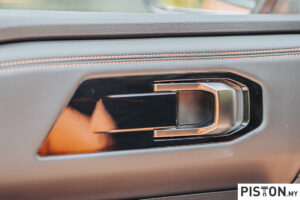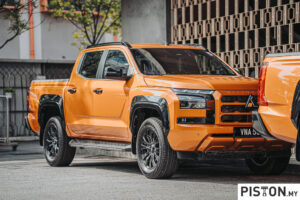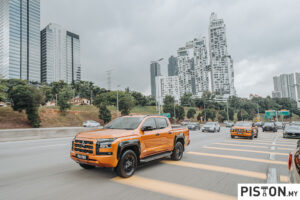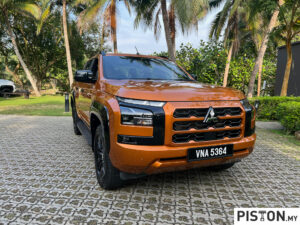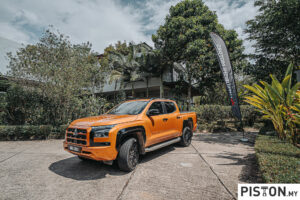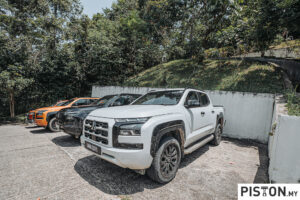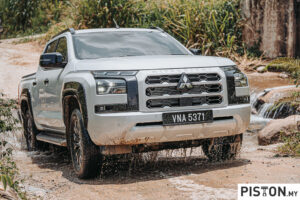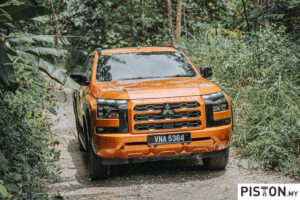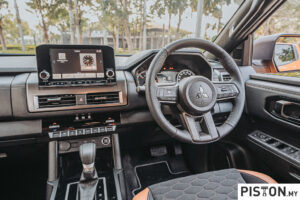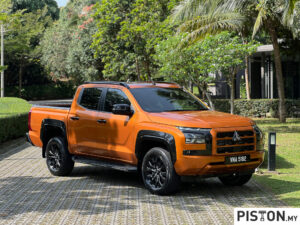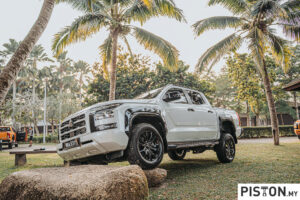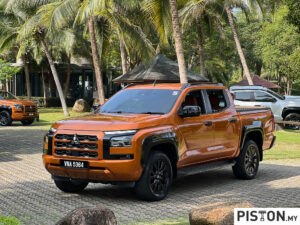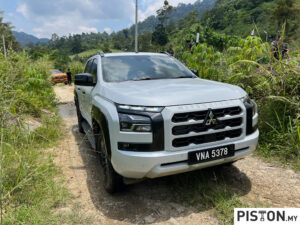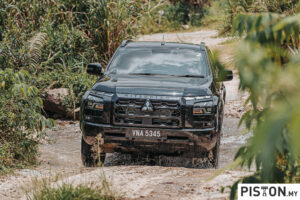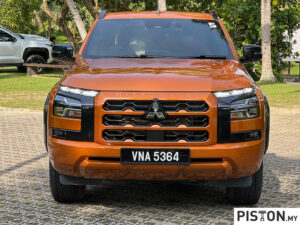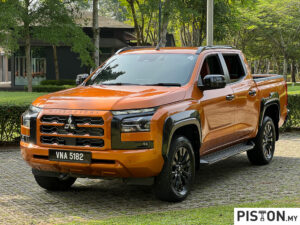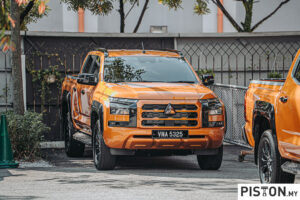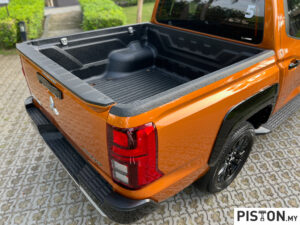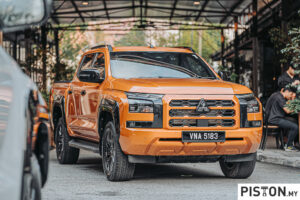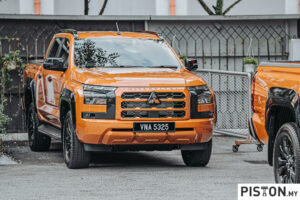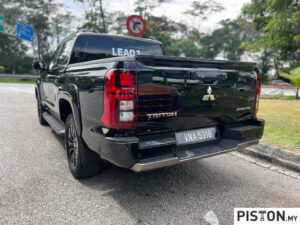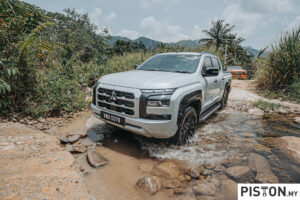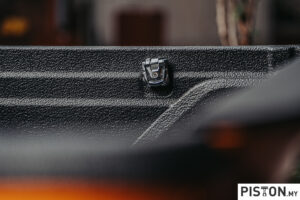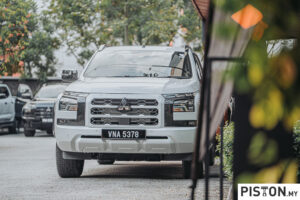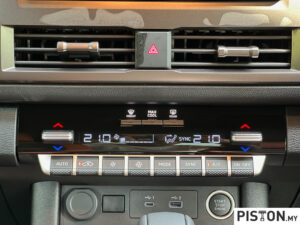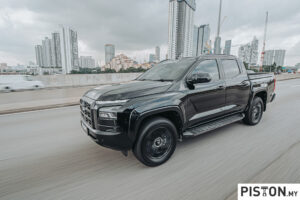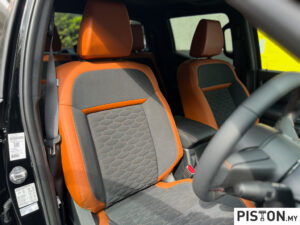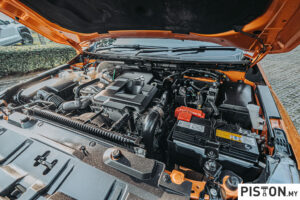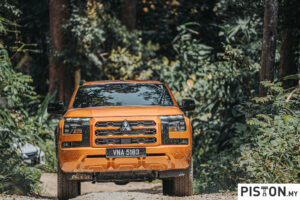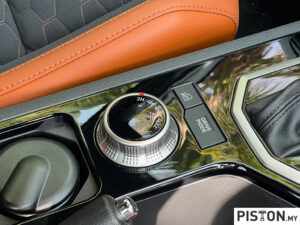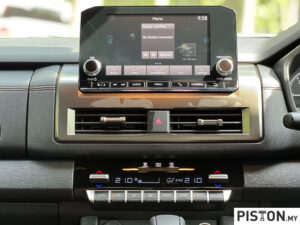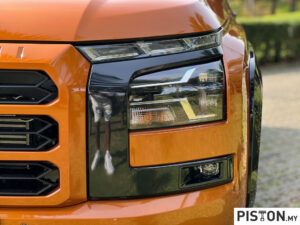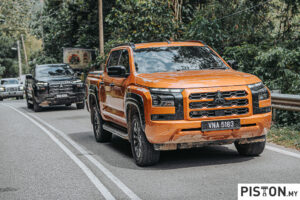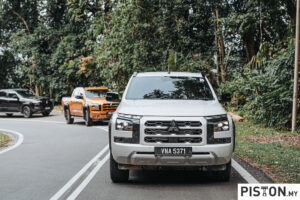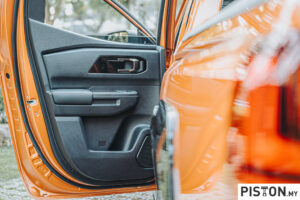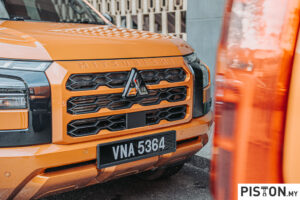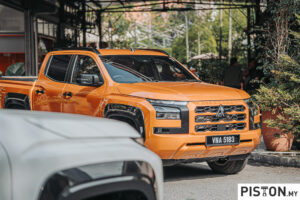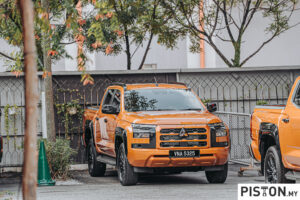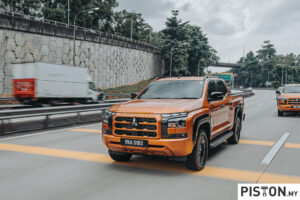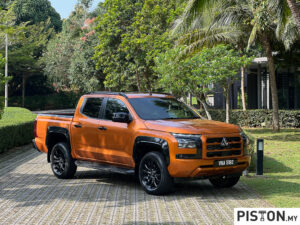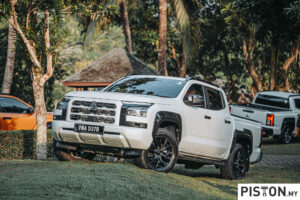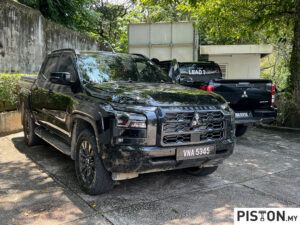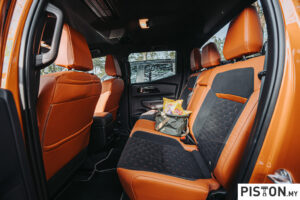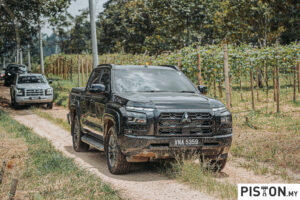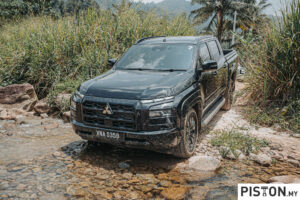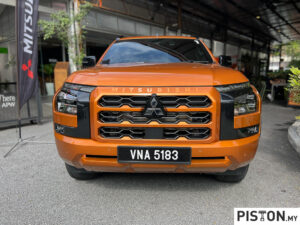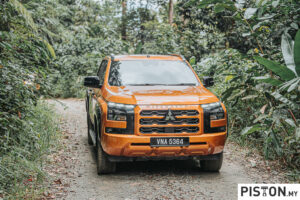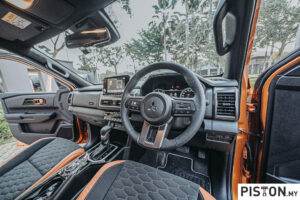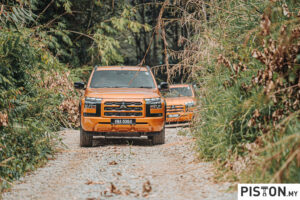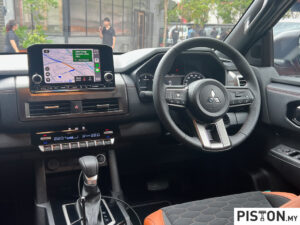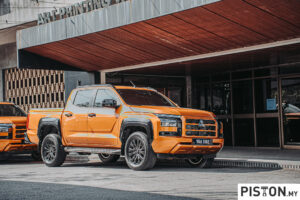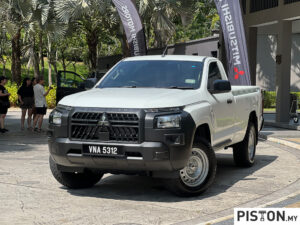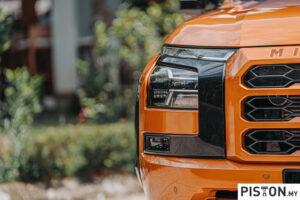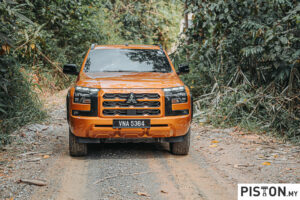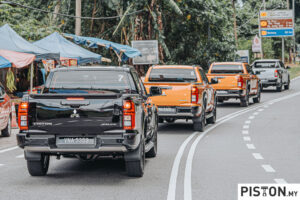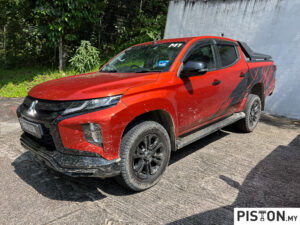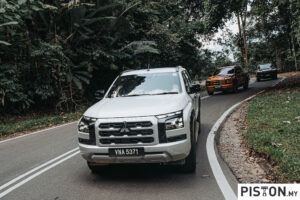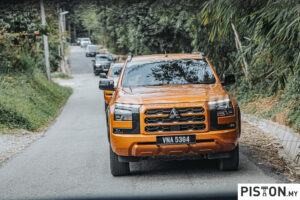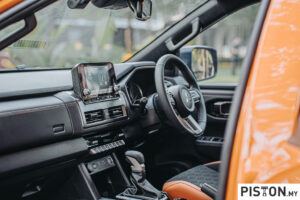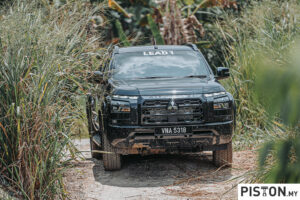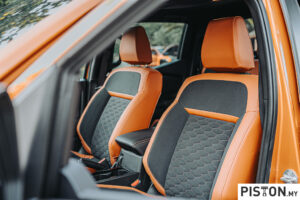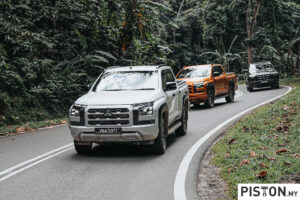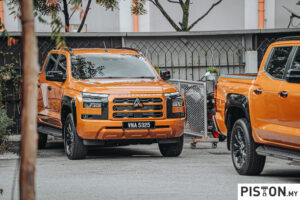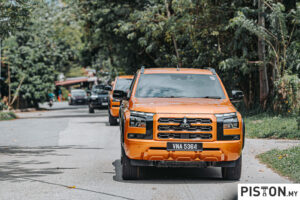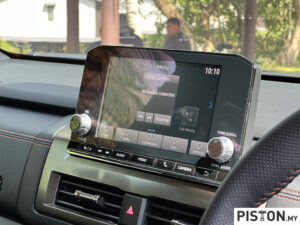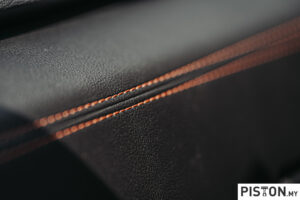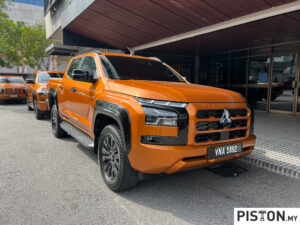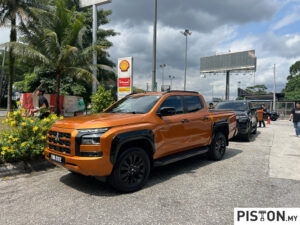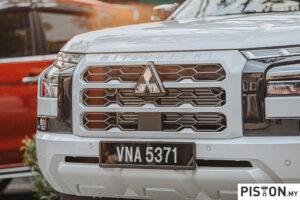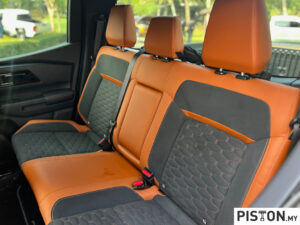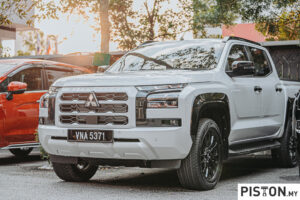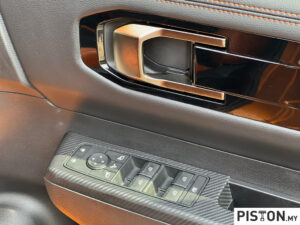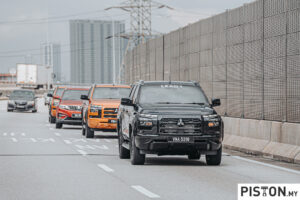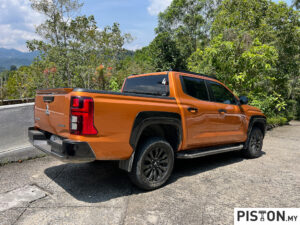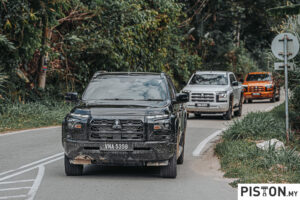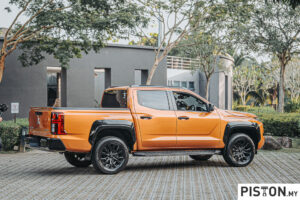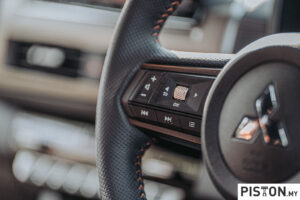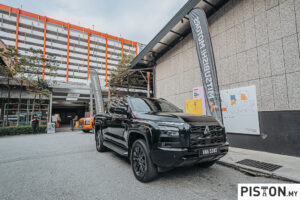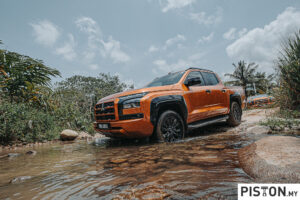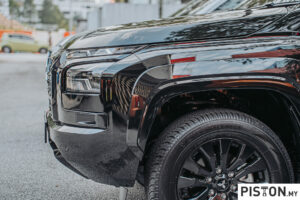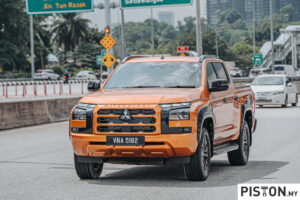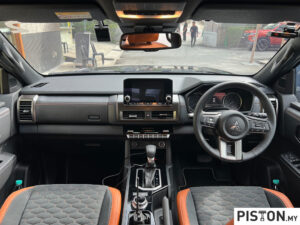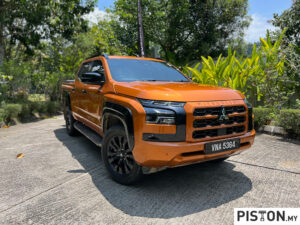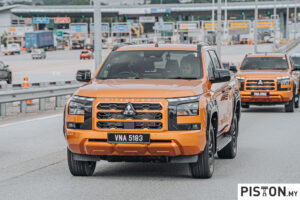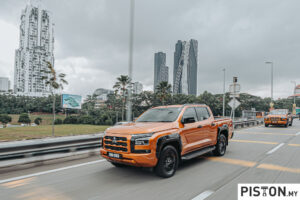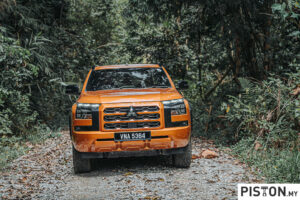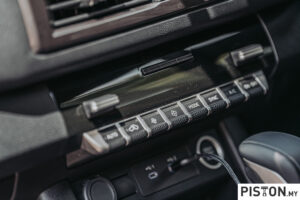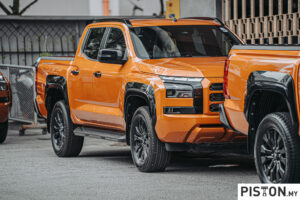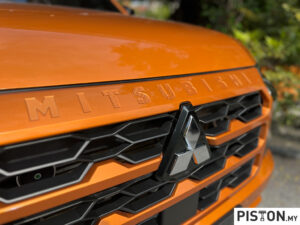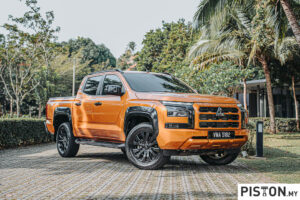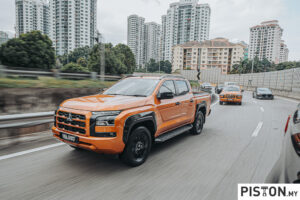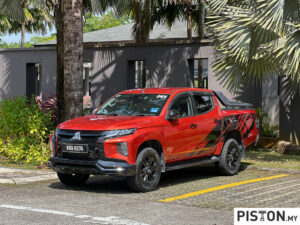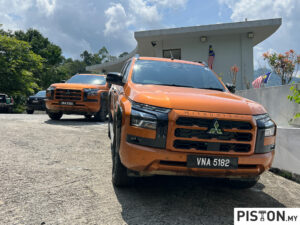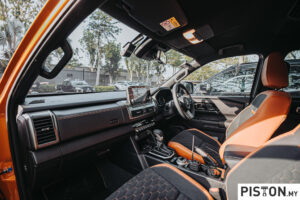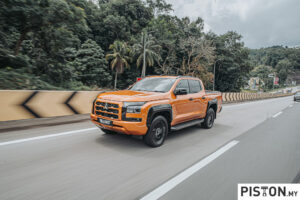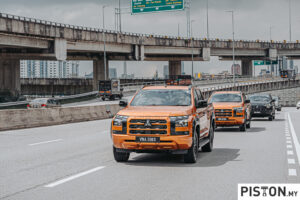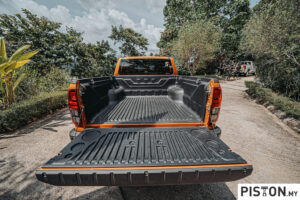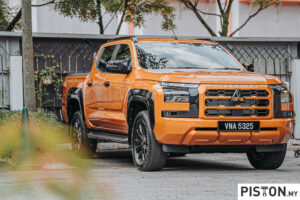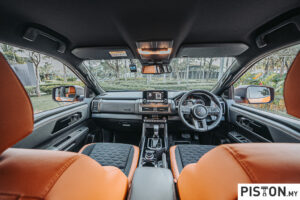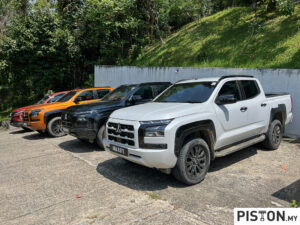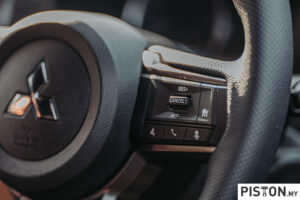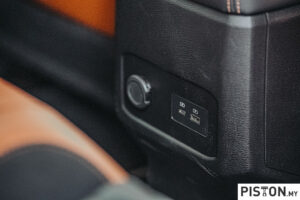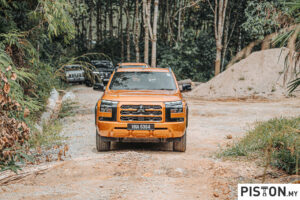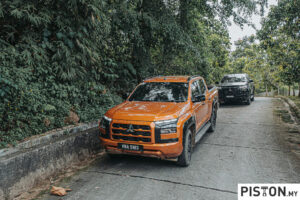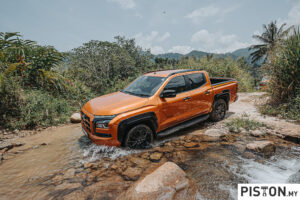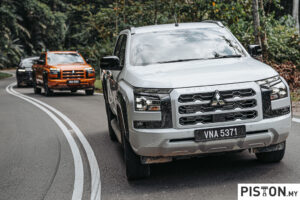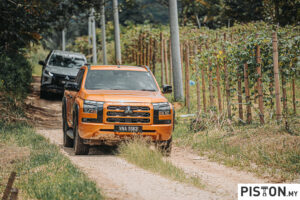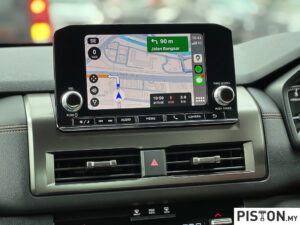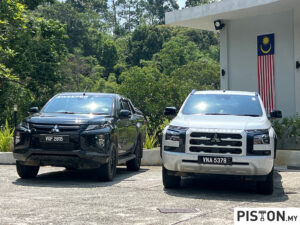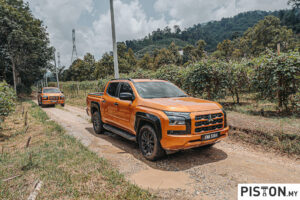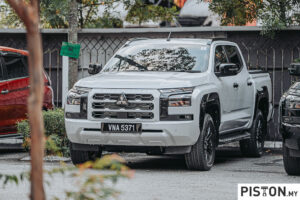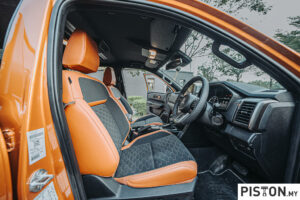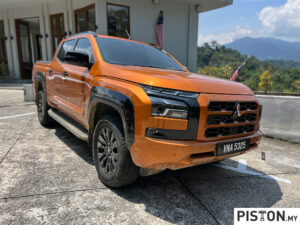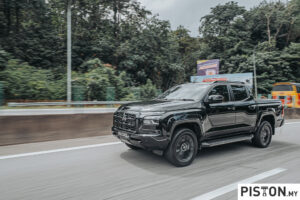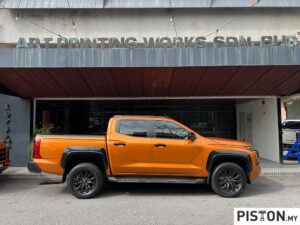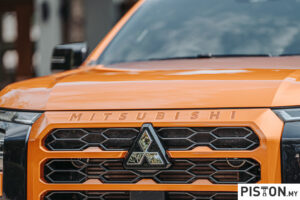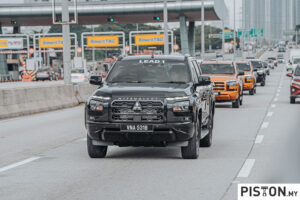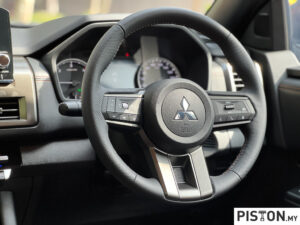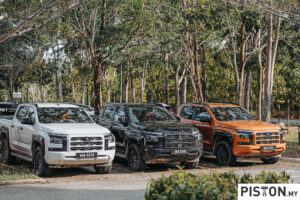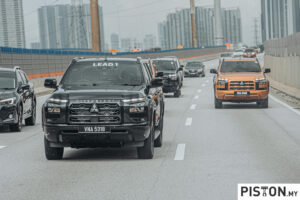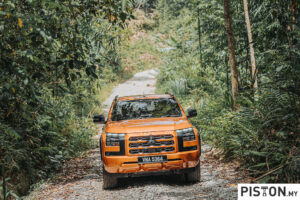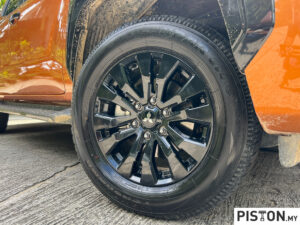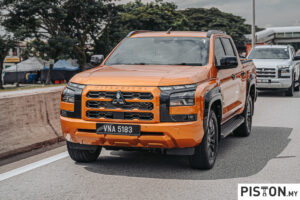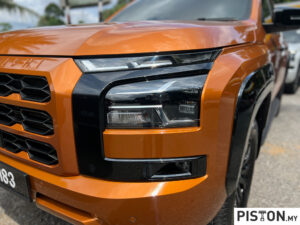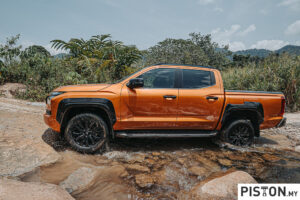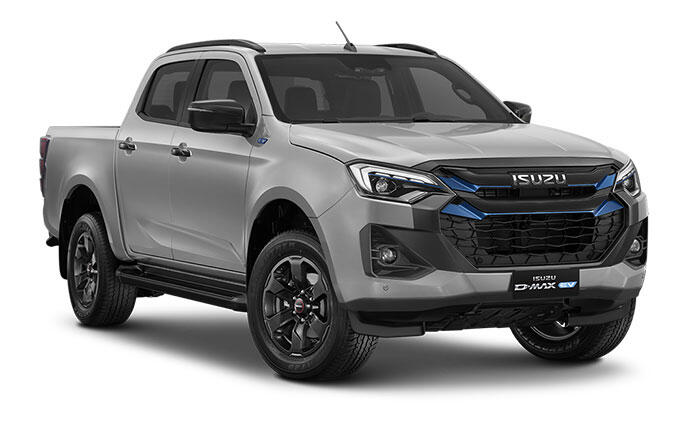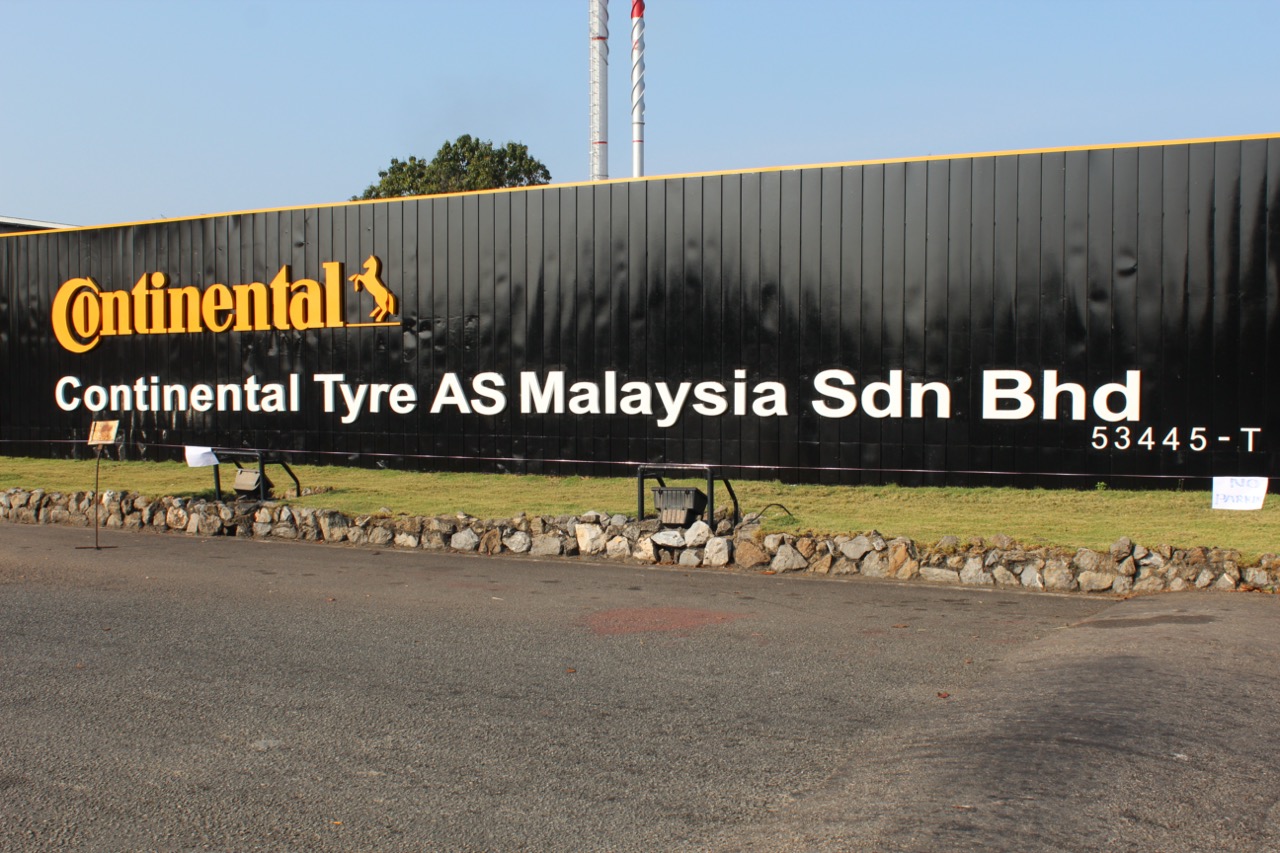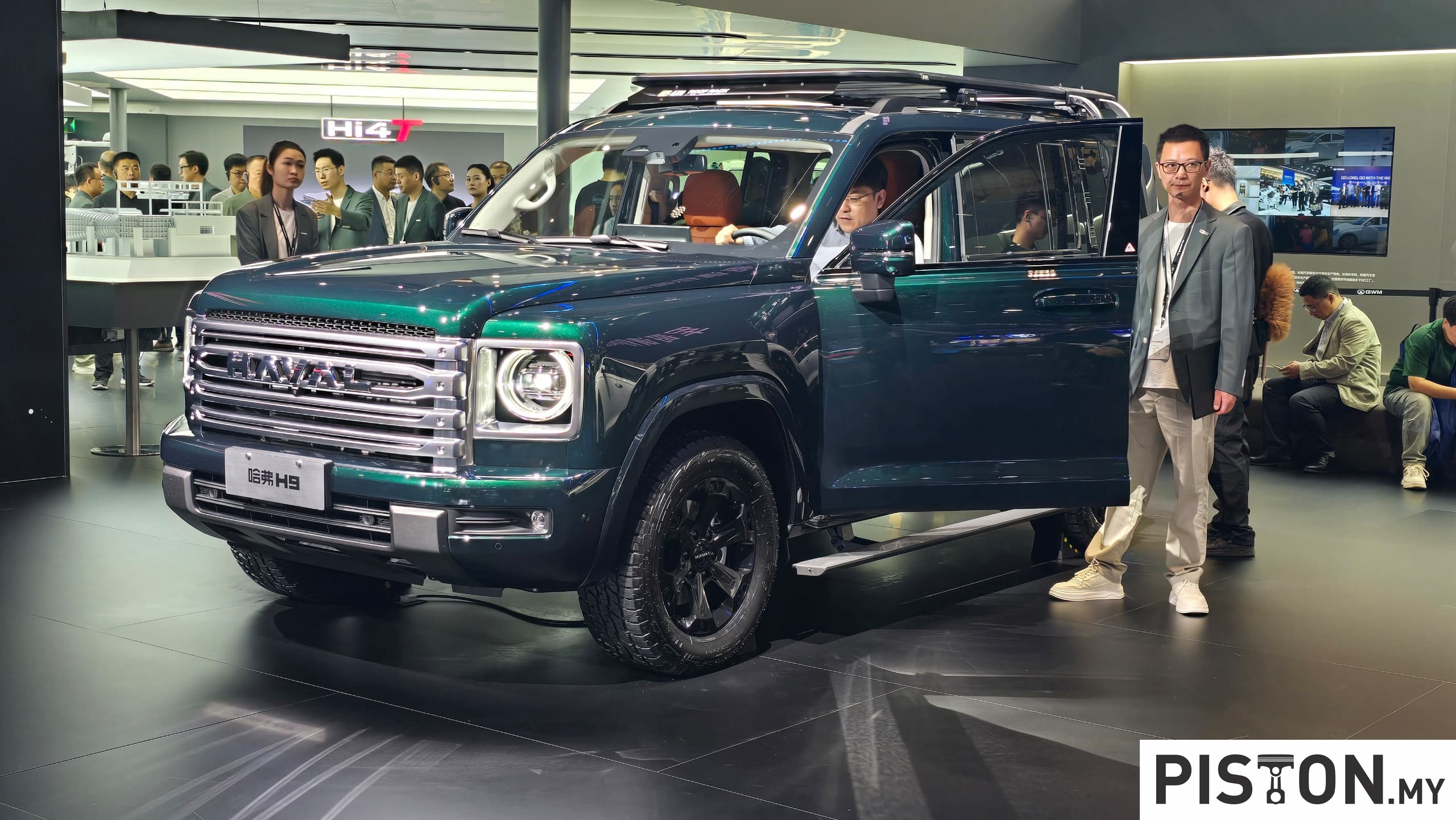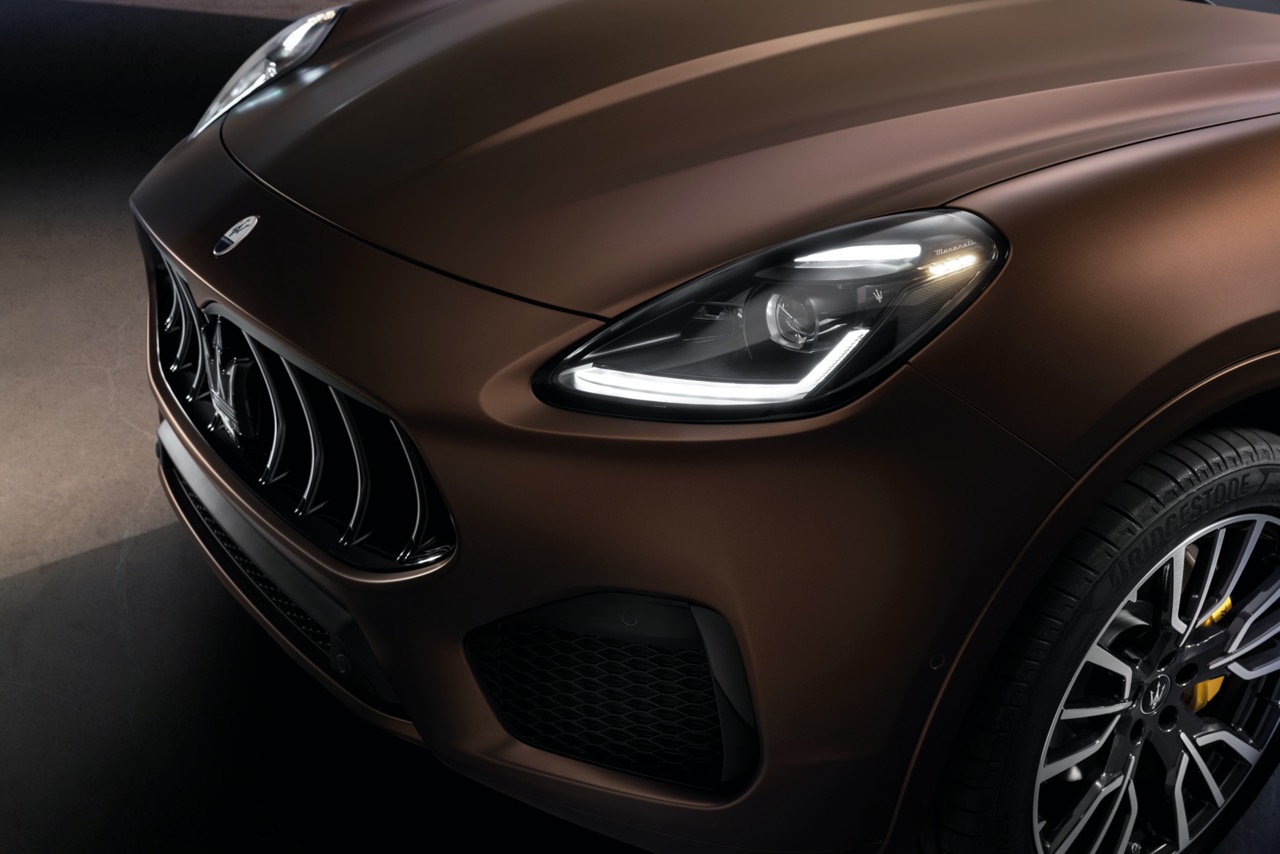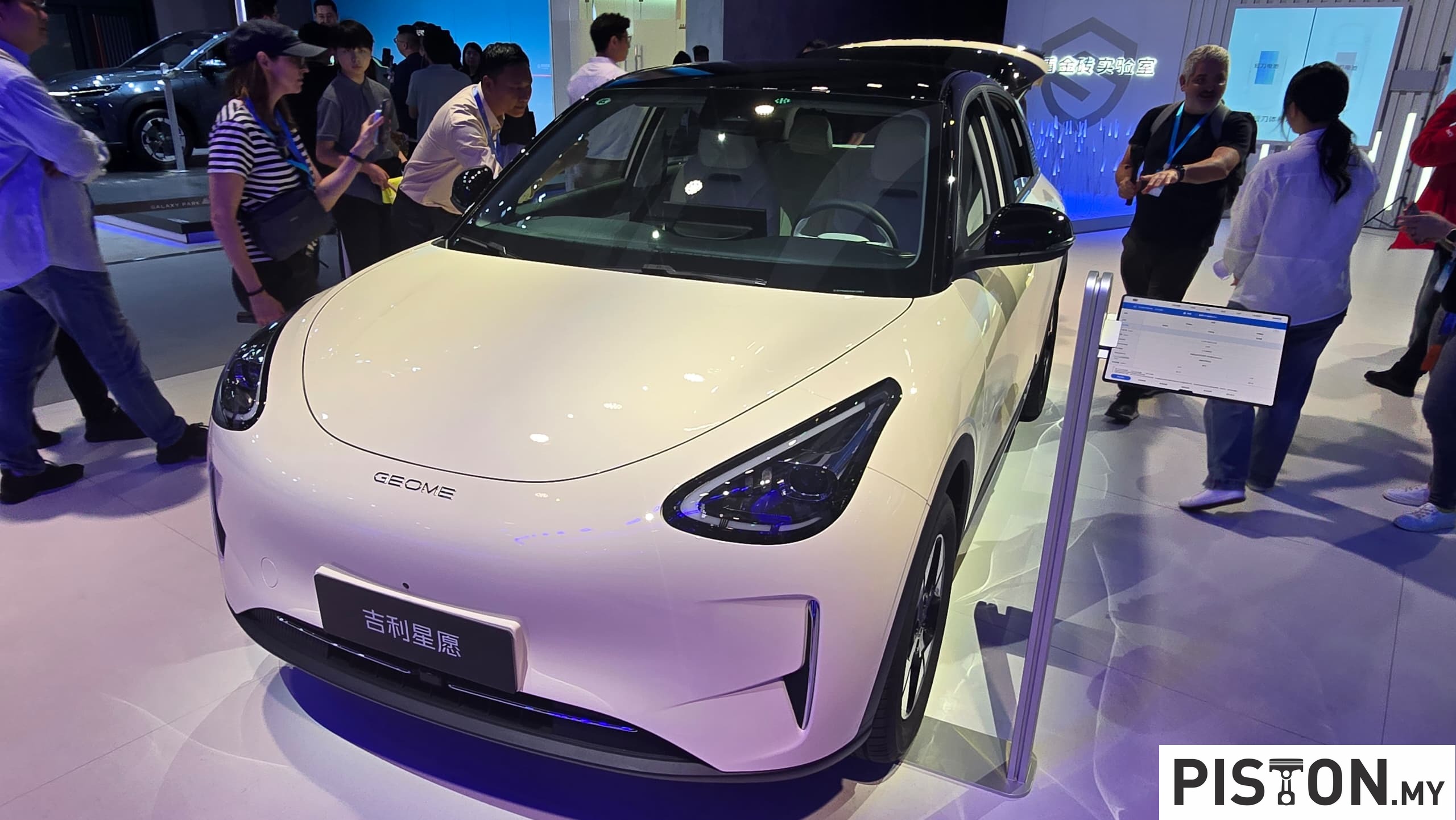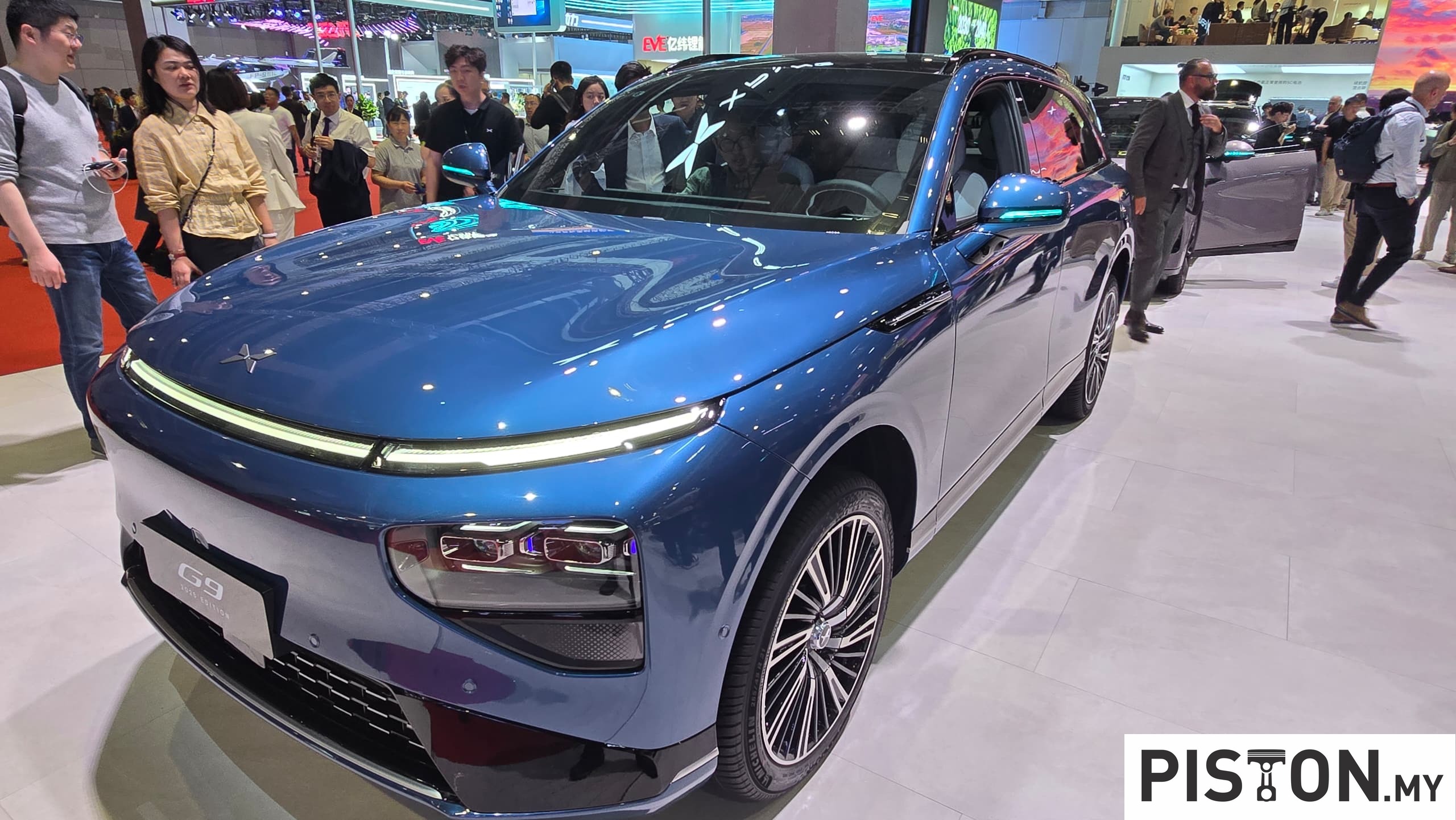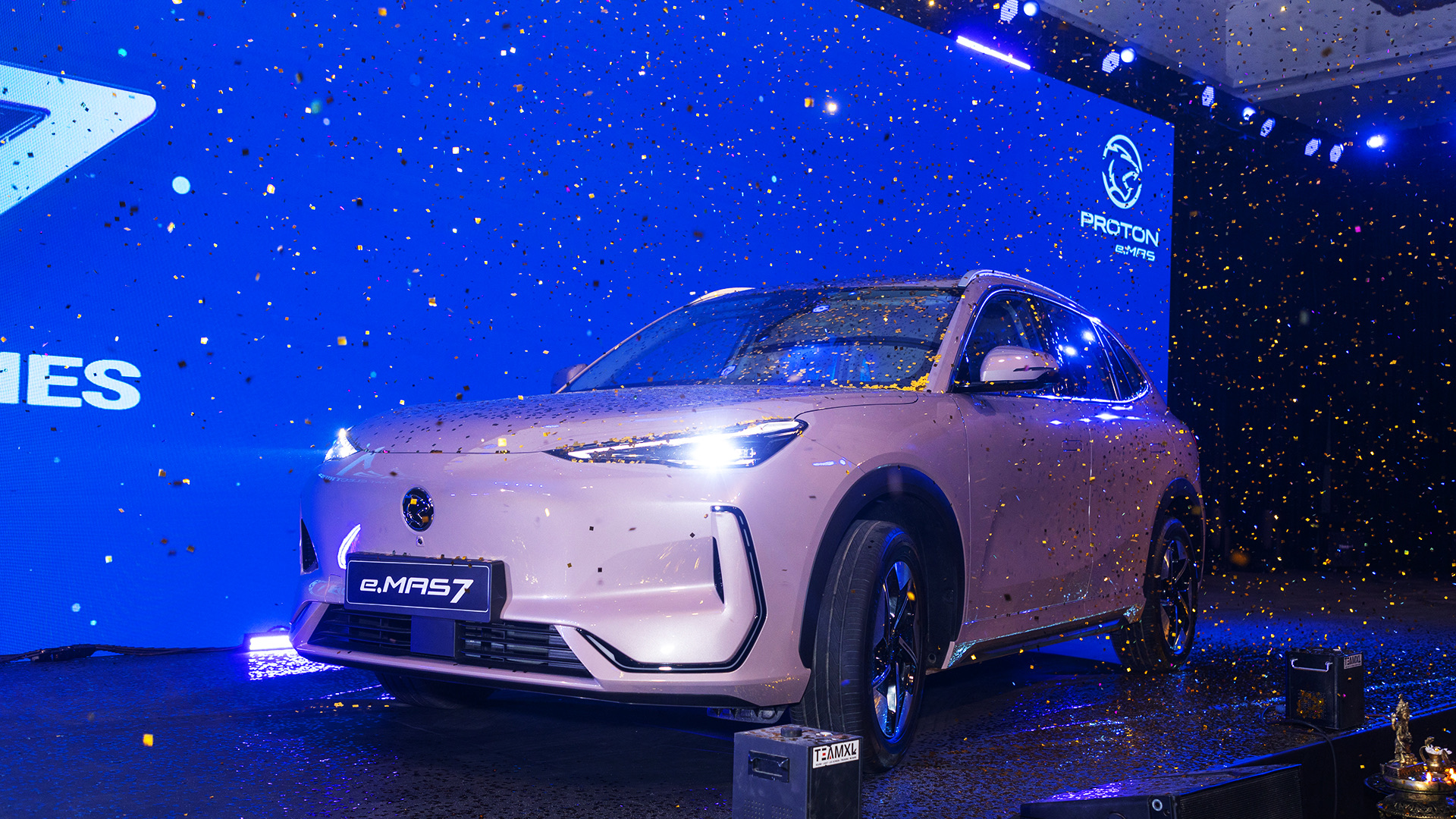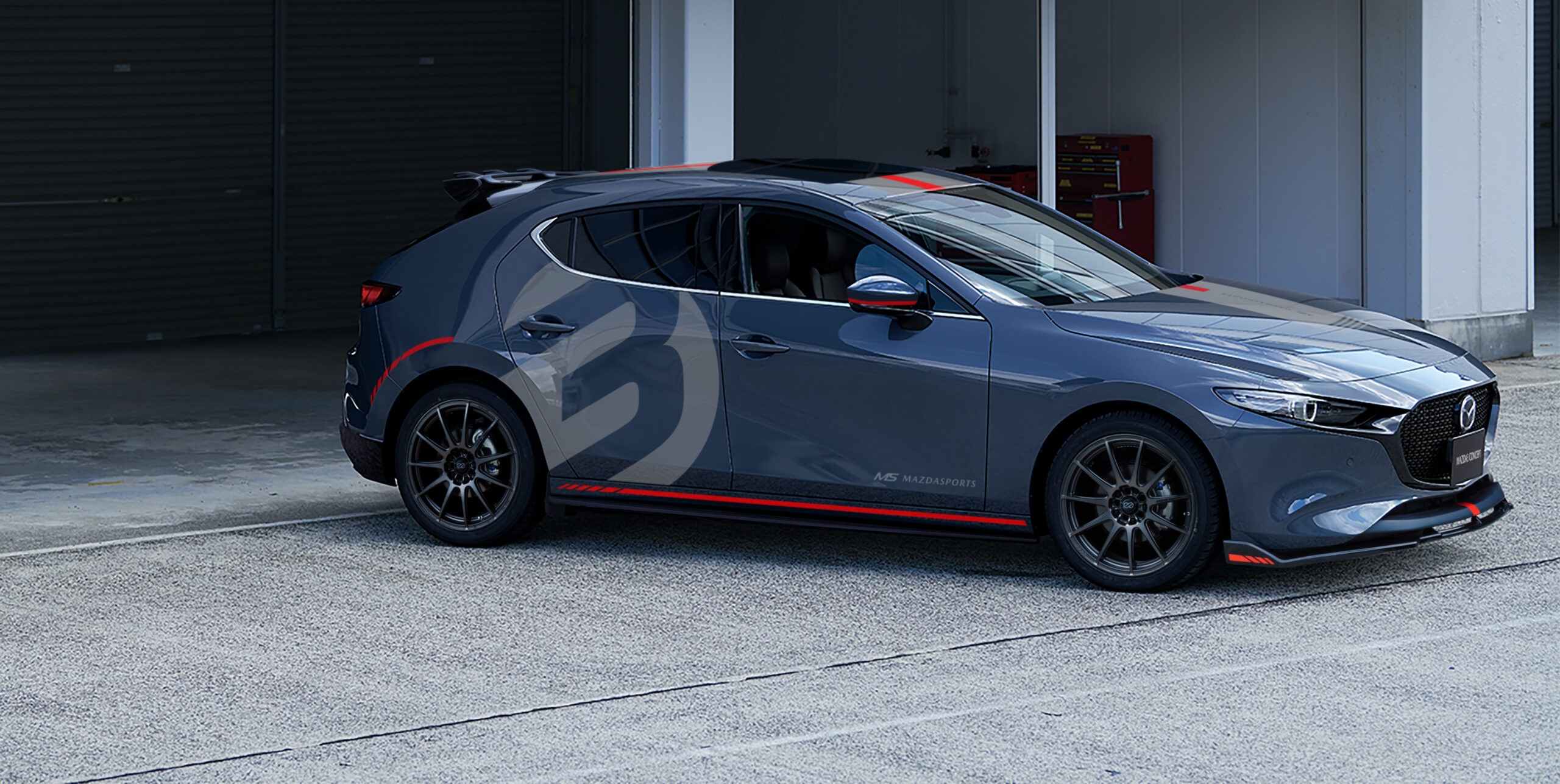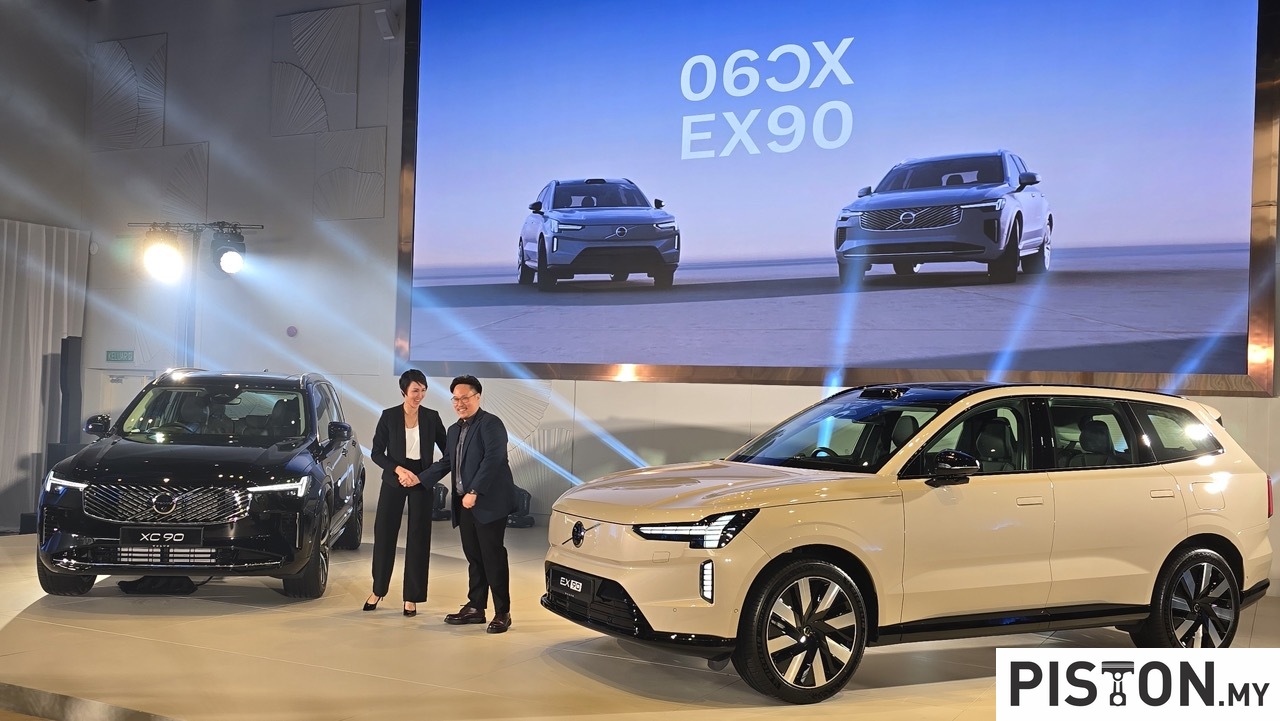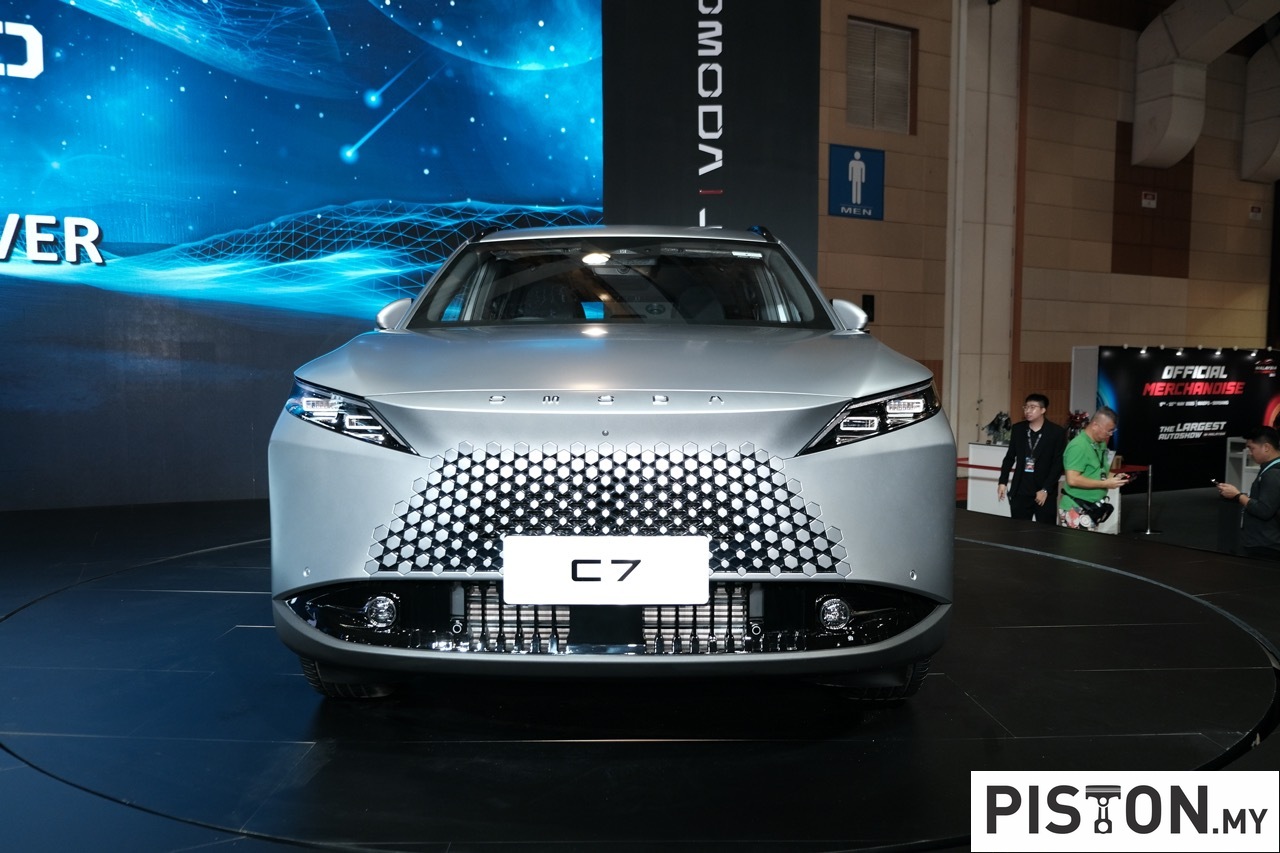When the diesel subsidies were removed, everyone expected the pick-up truck segment to take a significant hit. While pick-up trucks are great workhorses for all industries, a significant slice of the segment bought pick-up trucks for lifestyle purposes. Whether it was for hiking, fishing or for general use, pick-up trucks are a great companion.
So, when the subsidies were removed, the sales of pick-up trucks were expected to slow. And while some did off-load their trucks or cancelled their planned purchase, the segment did not slow down as drastically as expected. In fact, the segment is still vibrant, just not as before.
Mitsubishi Motors Malaysia (MMM) has been a major contender in the segment with the Mitsubishi Triton. One of the most popular pick-up trucks in the country, the Triton has been the go-to truck for those who want something reliable with dashing good looks.
However, its popularity vaned over the years as MMM took some time to introduce the latest sixth-generation model. The new model was introduced to global markets over a year ago, but as usual, it always takes some time for a new model to trickle down to the Malaysian market.
But now that MMM has already introduced the latest-generation Triton, and the fact that we have driven it, let’s dive into what it has to offer:
New ‘Garang’ Design
There’s plenty that is new, starting from the design of the truck. Mitsubishi calls the latest design language of the Triton, the Beast Mode. Featuring a more vertical front end and a masculine overall design, the new Triton has grown to have a more prominent presence on the road.
Talking about growing, the new Triton has also grown in size. In fact, the dimension sheets tell us that the new Triton is significantly bigger than the Toyota Hilux, which is already a big truck by itself.
As for the design, the front of the truck sports a new design called the Dynamic Shield face. This includes a rectangular front grille with three L-shaped LED lights on both sides with the daytime running lights positioned right at the top. This is said to resemble the gaze of an eagle.
The side on the other hand has a prominent horizontal line running the length of the truck. The prominent square fender panels make are hard to miss once you have noticed them and the new rear design features T-shaped taillights.
Nicer interior
The interior of pick-up trucks are becoming more car like in design and feel, and the interior of the new Triton is no different.
The dashboard of the new Triton has been designed around a horizontal axis with the free-standing touchscreen infotainment system dominating the centre.
The major theme of the interior is something called the Mitsubishi Touch where the steering wheel, grips, door handles and other areas are all developed with a focus on grip, comfort, and durability.
The seats have also been completely revamped and now offer better lower back support. The shoulder areas have also been a point of focus to reduce driver fatigue while the hip point of the seat is now 20mm higher for better comfort.
The general utility of the interior has also been significantly improved. The centre console for example, can now hold two large cups while the console box can accommodate four 600ml plastic bottles. There are multiple USB-A and USB-C ports around the cabin and if those are being utilised, there’s also a new wireless charger.
First-ever aluminium engine in a pick-up
No that’s not a typo, the new 4N16 engine is all-new and is made of aluminium. This improves fuel efficiency by 10% since aluminium is lighter and yet retains durability. Power has also been uprated and is now rated at 204PS and 470Nm of torque.
Power is sent to either two-wheel or all-four wheels through a six-speed automatic transmission.
The new Triton also comes with a new Super Select 4WD-II system that is equipped with seven drive modes – Normal, Eco, Gravel, Snow, Mud, Sand and Rock. On top of that, it also has four different modes for the four-wheel-drive system – 2 High, 4 High, 4 High with Locked Centre Differential and 4 Locked Centre Differential with Lower Gears. Simply put, there is nothing that the Triton cannot overcome.
New suspension and chassis
If it is now already evident, the new Mitsubishi Triton has been enhanced inside out, and underneath as well.
The ladder frame that underpins the new Triton has a new cross-sectional area that is 65% greater than the previous generation model. This then resulted in an increase in the ratio of high-tensile steel used which in turn improved bending rigidity by 40%, while torsional rigidity has been improved by 60%.
The upgraded suspension includes a new double-wishbone setup at the front while the leaf springs at the rear are now lighter and paired with thicker shock absorbers for improved comfort and payload carrying capability. The suspension also has a longer rebound stroke which Mitsubishi says will improve road grip and comfort, and the front stabiliser bar is now longer which is said to improve handling and stability.
Safety systems
As you would expect of any modern Mitsubishi, the new Triton comes with an entire arsenal of electronic safety nets designed to keep you and your truck safe. At the risk of sounding like a product brochure, some of the systems includes the Mitsubishi Advanced Safety systems that include Forward Collision Mitigation with Pedestrian Detection, Blind Spot Monitoring, Lane Departure Warning, Lane Change Assist and Rear Cross Traffic Alert, among others.
However, the latest edition to the Triton is the Adaptive Cruise Control, making the sixth-generation Triton, the first model to offer this system.
So how does it drive?
Simply put, the new Triton has been improved by leaps and bounds and nowhere is this more evident than from behind the wheel.
Comfort and refinement are the two parts where the Triton has improved on the most and we got a unique chance to experience that during a drive to Kuantan. We shared the car with two other motoring scribes, which was perfect since we got a chance to experience what the Triton has to offer from nearly every seat.
The back seats of the Triton feel like they are slightly higher than the front, giving a theatre like sitting position and a great view of what lays ahead. Those seated at the back will appreciate the USB-A and USB-C ports. But more significantly, the roof mounted air-conditioning vents with air speed control are perfectly positioned. In all our years of reviewing cars including pick-up trucks, we would argue that the back seats of the Triton are the best in the pick-up truck business, perhaps not as much as the more expensive Ford Ranger Platinum, but still very good.
Moving to the front passenger seat, front passengers will appreciate having a large infotainment screen with Carplay providing access to entertainment and navigation. There’s also plenty of storage right ahead of the front passenger with the usual glove compartment, but on top of that is another large storage compartment which practically doubles storage.
The driver’s seat is obviously the best seat in the house as this is where the magic of the Triton can be truly appreciated. The Mitsubishi Evo X inspired steering wheel is the first thing that greets you when you take a seat. The steering wheel undoubtedly looks great, but we missed the aluminium shifter pedals from the previous generation model.
As soon as you get over that you will notice that the part-fabric, part-leather seat is more comfortable than it looks.
Up ahead is a part digital, part analogue instrument cluster that can give you a myriad of information such as power distribution, fuel consumption and the drive mode you are in.
After that, the quality and finishing of everything around the interior is bound to impress. Everything from the door lever to the air-conditioning controls feel like they have been built to last.
As soon as you start the engine, the noise and vibrations or rather lack of them are a clear indication of the amount of work carried out underneath the truck. The NVH levels of the Triton are exemplary, and this is achieved without the use of clever tech like noise cancellation systems.
On the move, the upgraded suspension can be felt in the form of a car like ride quality. This is not to say that the new Triton does not feel like a pick-up truck in the usual sense where the tiny jiggles and bumps of the road can still be felt. This is because the body and chassis are a lot stiffer than before, and this results in reduced body flex, and this can be felt inside the cabin.
But the thicker absorbers do a stellar job than a lot of other pick-up trucks in the segment. If we had to compare, the Triton has a better ride quality than the Isuzu D-Max and the Toyota Hilux.
The new Triton also has a technology that goes back to the legendary Mitsubishi Evolution. The Active Yaw Control was first introduced in the sports car, and it works by automatically adding unnoticeable brake force to either the left or right wheels during cornering, working like an anchor so that the truck can take tighter corners at high speed. This makes the Triton feel unbelievably agile around corners, and the uprated suspension and chassis minimises body roll as well, and this results in added confidence at high speed.
NVH levels are fantastic as well. It is not as quiet as the previous generation Ford Ranger Wildtrak which used noise cancellation technology (the current generation model does not have that tech). So, you can still hear some of the diesel clatter back in the cabin, but it is at an acceptable level. However, we were left mystified at how quiet and refined the interior was at above 110km/. Mitsubishi deserves credit for what they have achieved as far as refined is concerned.
During our drive, Mitsubishi was quiet keen to show off the off-roading capability of the new Triton. So, we went off-roading in Janda Baik. But the Triton barely broke a sweat on the chosen stretch of dirt road.
The Triton is a pick-up truck with some of the most advanced four-wheel-drive technology in its segment, so a little dirt and pebbles on the road together with a stream strewn with stones is not going to bother the Triton one bit, and it didn’t. The only thing that was good about the off-road stretch is that it made the Triton dirty, and that just added to its good looks.
Is it worth it?
At RM165,980, the flagship Mitsubishi Triton (known as the Athlete) sits in the middle of the hugely competitive pick-up truck segment. It is about RM10,000 more expensive than the Isuzu D-Max X-Terrain and the Nissan Navara Pro-4X. And about RM5,000 cheaper than the Ford Ranger Wildtrak and about RM10,000 cheaper than the Hilux.
So, it now comes down to personal preference. The Triton has developed a cult like status about Malaysian truck lovers and a reputation to be tough and reliable, and on that alone, we predict that the Triton will once again be popular. And before you dismiss that because of its looks, the new Triton is a truck that looks much better in person than in the photos, so do try to take a look for yourself before judging it.
Specifications:
Engine: 2.4-litres, 4-cylinder, Intercooled Turbo
Power: 204PS @ 3500rpm
Torque: 470Nm @ 1500rpm
Transmission: 6-speed auto
Suspension: Double wishbone (Front), Leaf spring (Rear)
Price (As tested): TBC
We like: Rugged good looks, interior quality and refinement
We don’t like: No easy lift system for heavy tailgate




